It happened as it always does: A new Monster Hunter released, veteran hunters complained it was too easy, and those of us who've watched this cycle repeat for the last 14 years settled in to wait for Capcom to inevitably send along a fresh parade of powerhouse monsters to balance the scales.
Now that Title Update 1 is here, I'm pleased to report that it only took Wilds a month to start humbling me.
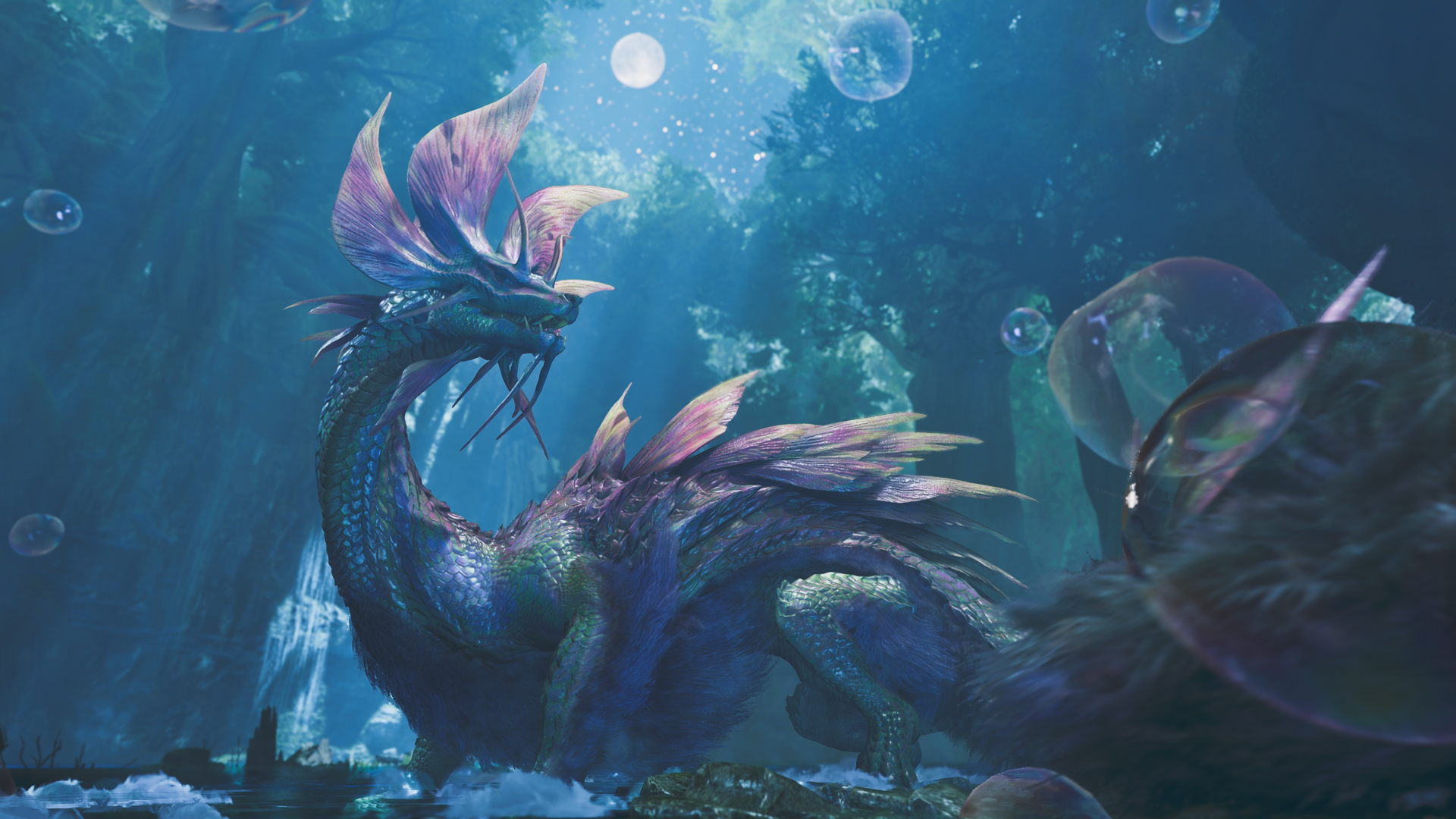
(Image credit: Capcom)
Before last week's Wilds patch, I could count the times I'd been KO'd by a monster on one hand. I was still enjoying myself. For me, the satisfaction of Monster Hunter isn't in having slain a monster, but the fantasy of fighting it—how the weapon mechanics and arcane systems all feed into a natural mimicry where you're studying monsters just as your hunter has, until you're capable of fighting on equal footing with any two-story behemoth of horns, talons, and occasional lightning blasts.
Even Gore Magala had become the proverbial coughing baby, and I the hydrogen bomb.
The problem is, once you're acclimatized to Monster Hunter's higher difficulty tiers, which are added to each game in post-release expansions, you're not going to be on equal footing in the launch quests. You're going to be death incarnate. The visual, kinetic splendor of a well-executed hunt is still there—swatting aside a lunging monster with an offset attack will never disappoint—but by the time I'd upgraded my Wilds weapons and kitted out my endgame armor set, the fights were simply ending too soon.
Even worse, I was starting to develop bad habits, ripsawing into monster wounds with a reckless abandon, confident enough in my ability to trigger the next stagger window that I was willing to ignore inconsequential monster attacks. For all its frenzy, even Gore Magala had become the proverbial coughing baby, and I the hydrogen bomb.
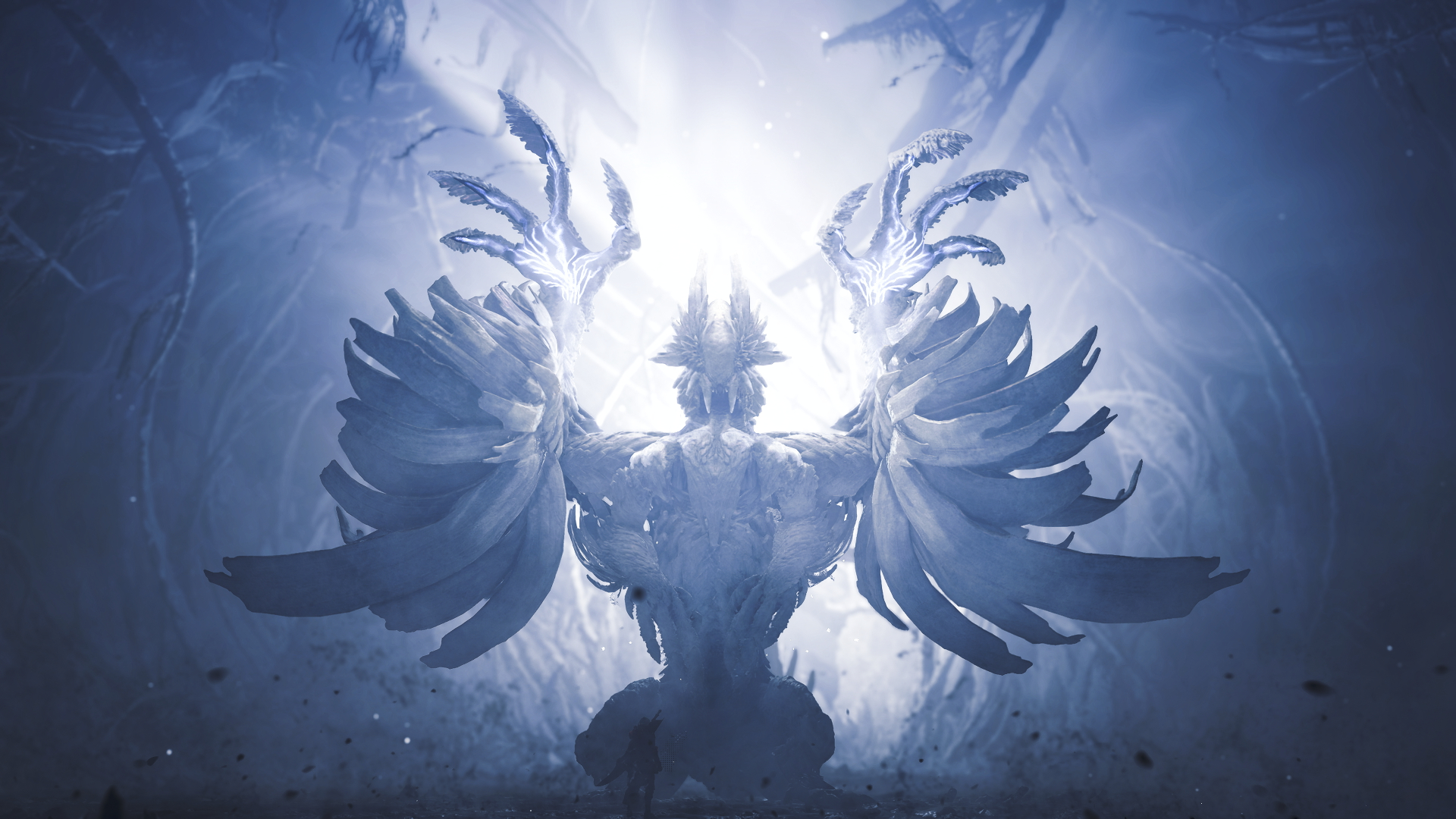
(Image credit: Capcom)
Which is why I was so thrilled on Friday when I was casually swatted off my raptor house and punted back to camp with a nuclear fireball.
Zoh Shia, the final boss of Wilds' Low Rank story, is now a repeatable High Rank hunt, and Capcom wasn't stingy when it gave the frankendragon the necessary combat upgrades. It's faster, meaner. It's gained an arena-wide instakill attack: an apocalyptic torrent of fire that's guaranteed to cart you if you can't quickly find a way to spare yourself.
But that's only an aperitif for the fight's later stages. By the end of the hunt, the rapidly-mutating monster becomes a stress test of dodge timing and situational awareness, filling its cave with a barrage of atomic projectiles and lightning strikes, each capable of charging and detonating the crystals it leaves behind with every claw slam.
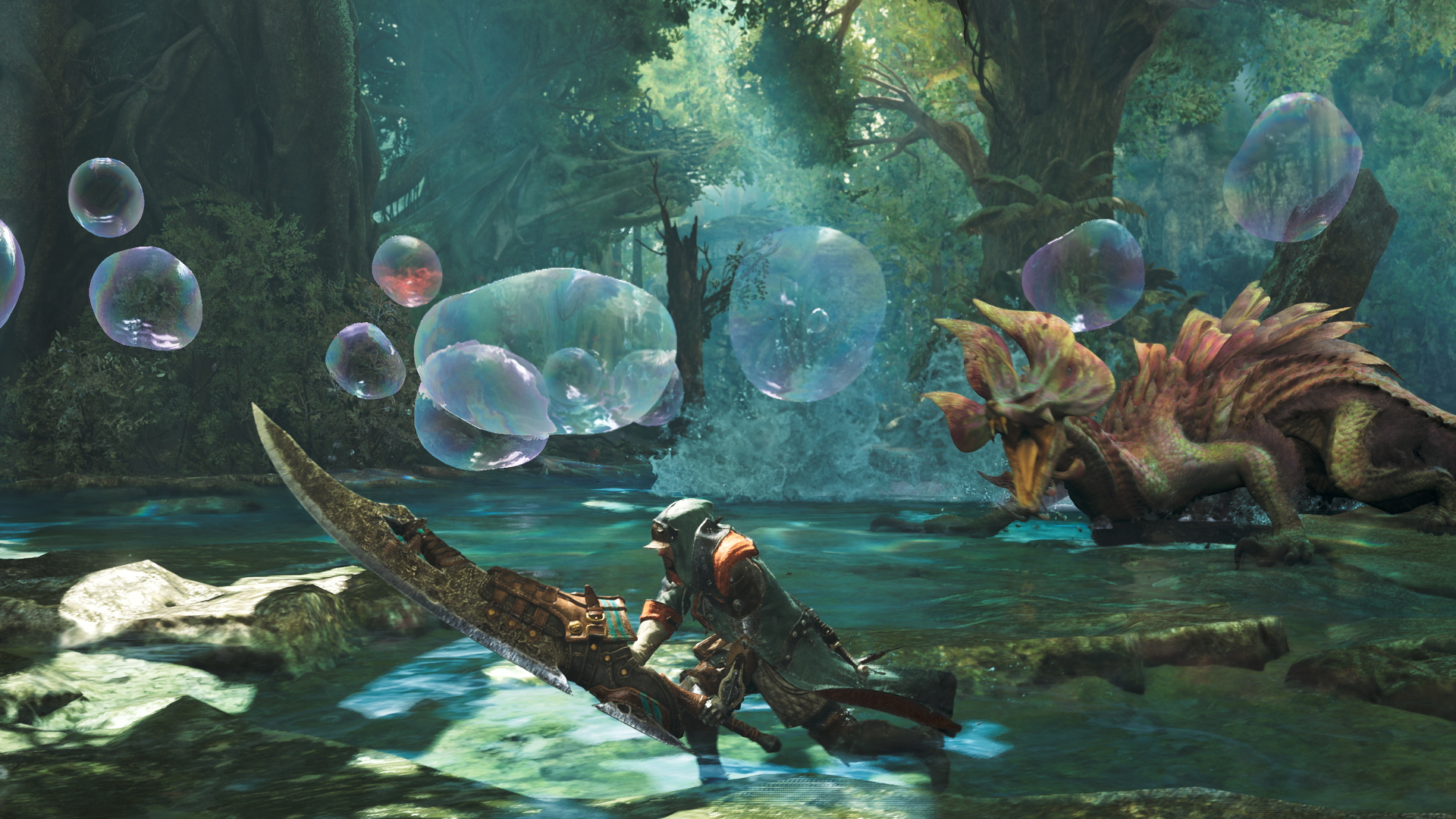
(Image credit: Capcom)
And it's not alone: Mizutsune, returning in the title update after its last appearance in Monster Hunter: Rise, is arguably a greater threat. Between all its bubble projectiles and pressurized water beams, it's capable of deploying a near-instant somersaulting tail slam that, in its Tempered variant, can one-shot an unsuspecting hunter. By the end of patch day, it'd cemented its reputation as Wilds' worst terror.
Monster Hunter has a habit of turning its players into Gokus.
Considering how many players found themselves fed into the Title Update 1 wood chipper, you might expect some amount of resentment. But many hunters have welcomed the ass-kicking, and I count myself among them.
My gaming habits are about as laidback as they come—my thousand hours and single raid completion in Destiny 2 are proof of that. But even as a pathological casual, I'm thrilled when a monster hits me hard enough that I have to use a fraction of my full power.

(Image credit: Capcom)
Monster Hunter has a habit of turning its players into Gokus. When I was abruptly smoked by Zoh Shia, it was a signal that I was being knocked back down to a more even playing field. It was Capcom saying I'd graduated from sleepwalking through sparring matches; it was time to put me back into a proper bout.
I finished that first HR Zoh Shia fight with one life left, and immediately dove back into another; for materials to make its weapons and armor, sure, but moreso to watch how cool it would look once I was weaving through the hellfire and arc lightning to land a clean sequence of hits on its alabaster-plated dome. I'm now seeking out Mizutsune whenever it spawns for the simple satisfaction of the five-or-so minutes I'll spend dodging its tail slams.
Luckily for me, there are even more threats coming my way. Arch-Tempered Rey Dau is arriving later this month, promising even higher intensity hunts against what might be my favorite addition that Wilds made to the Monster Hunter bestiary. And sometime this summer, I'll get to make an overdue acquaintance with Lagiacrus once the fan-favorite monster makes its long-awaited return.
If Title Update 1 is any indication, Capcom's lining up a healthy amount of carting in my future. Can't wait.
From PCGamer latest via this RSS feed
As the negative Steam reviews continue to pile up, Drug Dealer Simulator publisher Movie Games SA has addressed the controversy surrounding its investigation into the indie hit Schedule I with a simple, straightforward message on the DDS 2 Steam page: "There is no lawsuit."
It's been a rough couple days for Movie Games SA: The company confirmed yesterday that it is conducting an investigation of Schedule I over "potential infringement" of its Drug Dealer Simulator IP, "including elements of the game's plot, mechanics, as well as [the] UI." It also said that no legal action against Schedule I had been taken, which was confirmed by Schedule 1 creator Tyler of TVGS, and that it was undertaking the investigation as part of its "legal obligations."
It was a bit of nuance that didn't really land with gamers, who immediately slammed Drug Dealer Simulator and DDS 2 with hundreds of negative reviews—in the case of the original, enough to drag it down from a "very positive" overall rating to "mostly positive." Many of those negative reviews complained that Movie Games SA was suing TVGS, even though that's not currently happening.
Which brings us to today's update. It's largely a repeat of the information shared by Movie Games SA yesterday, but with an emphasis on one particular point:
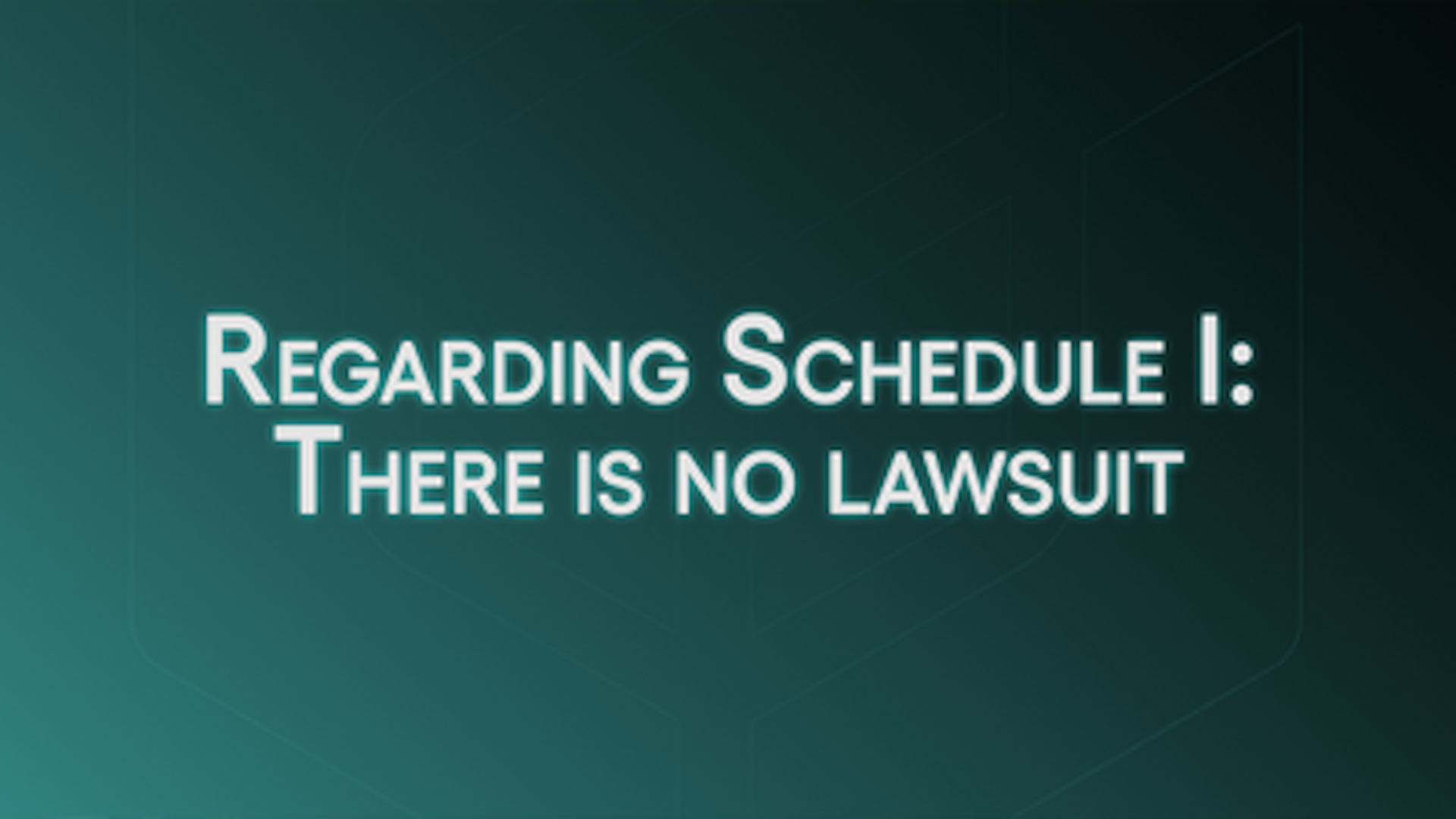
(Image credit: Movie Games SA)
"There is no lawsuit," the update says, boldface and all, both in the post's title and its accompanying image. "It is not our intention to prevent TVGS from selling or developing their game.
"There is an investigation into the nature of similarities between the games since a preliminary legal analysis indicated there might have been an infringement. The analysis and investigation were necessary in the light of repeating opinions that the games are very similar. By not investigating it, Movie Games, being a publicly traded company, could face severe consequences for negligence."
The update also notes that the information about the investigation was only shared via Poland's ESPI, a stock market communications system "where we are obligated to publish such information for full transparency," and that it was picked up from there by media outlets, and "in some cases wrongly reported as a lawsuit."
There's no specific request to end the review bombing campaign on Steam, but the message is clearly damage control, with an implied "please stop" very clear throughout.
But it doesn't appear to be having the intended effect: There are a few messages here and there in the replies to the update acknowledging that the needs of publicly traded companies make Movie Games' explanation at least plausible, but by and large the responses do not reflect a widespread urge to forgive and forget.
Between Drug Dealer Simulator and DDS 2, there's currently about 23 pages of this. (Image credit: Steam)
I don't know international copyright law (or the details of this specific case) well enough to judge the actually necessity of the investigation, and the timing of the investigation does seem a bit, well, questionable: There are dozens of drug dealer sim games on Steam, but only one of them is parked near the top of Steam's most-played chart, ahead of Path of Exile 2, Marvel Rivals, and even Bongo Cat.
In that light, it's not hard to see why some people might imagine that Movie Games SA was digging for a piece of the action and got caught, and is now trying to clean it up with claims about regulatory responsibility. At the same time, there's no question that it is as Movie Games says: What happens in the future is yet to be determined, but for now, there is no lawsuit. Until the company confirms that there will never be a lawsuit, though, I suspect it's not going to matter.
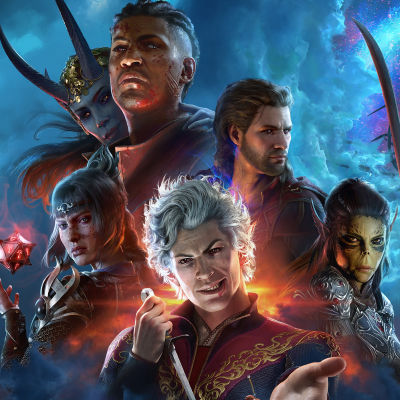
2025 games: This year's upcoming releasesBest PC games: Our all-time favoritesFree PC games: Freebie festBest FPS games: Finest gunplayBest RPGs: Grand adventuresBest co-op games: Better together
From PCGamer latest via this RSS feed
According to a new report from game industry research firm Newzoo, interest in the battle royale genre is on a downward slope.
That might seem like a counterintuitive observation when Fortnite, Warzone, PUBG, and Apex Legends are still huge games, but it probably has more to do with their competitors calling it quits. According to Newzoo's Game Performance Monitor (which includes official and estimated data from 37 markets excluding China and India), battle royales ate up 19% of total hours played in 2021 but just 12% in 2023 and 2024.
People aren't playing battle royales as much as they did a few years ago, but interestingly, Fortnite's share of that playtime has exploded from 43% in 2021 to 77% in 2024. That makes sense when you consider that Fortnite got a big player boost from its Fortnite OG event in 2023 and quickly followed that up by expanding into non-battle royale spinoffs played inside Fortnite, like Lego Fortnite, Rocket Racing, and Fortnite Festival. Presumably, Newzoo is lumping all of Fortnite's audience into its share of the battle royale genre, not just those actually playing the battle royale modes.
It's also true that most battle royale games that launched between 2020 and 2024 have gone offline (RIP Bloodhunt), and we don't often see new ones these days. The effort that developers used to put toward their spins on battle royales has recently been diverted toward making the next great extraction shooter—a newer subgenre of shooters that's yet to truly break out beyond Escape From Tarkov and Hunt: Showdown. Maybe Bungie's Marathon or Embark's Arc Raiders will be big enough that the 2026 Newzoo report will have its own "extraction shooter" genre slice?
What did people play with those 6% of hours that used to go toward battle royales? Shooters and RPGs. That's more-or-less consistent with 2024 being a bigger-than-usual year for Call of Duty (thanks to Game Pass), breakout hits like Helldivers 2 and Marvel Rivals, and the year's impressive run of action RPGs.
Although, if you lump battle royales into a unified shooter clump, a more consistent trend emerges. As the report points out, shooters as a whole have represented 40% of playtime every year since 2021.

2025 games: This year's upcoming releasesBest PC games: Our all-time favoritesFree PC games: Freebie festBest FPS games: Finest gunplayBest RPGs: Grand adventuresBest co-op games: Better together
From PCGamer latest via this RSS feed
PC Gamer editor Lauren Morton wrote in February that "desktop pets are so back," and holy cow she was not wrong. One of the biggest games on Steam right now is a little doodad that puts a cute white kitty on your screen who baps an imaginary bongo drum every time you click or type.
Bongo Cat, as it's called, is really just that simple. Add it to your Steam account—it's free—install it, run it, and there he is, taking up a couple square inches of screen space. The Windows taskbar is Bongo Cat's natural home, but you can move him wherever you like. After that, he'll happily bap away as quickly as you type or click, while a counter underneath tracks your tally.
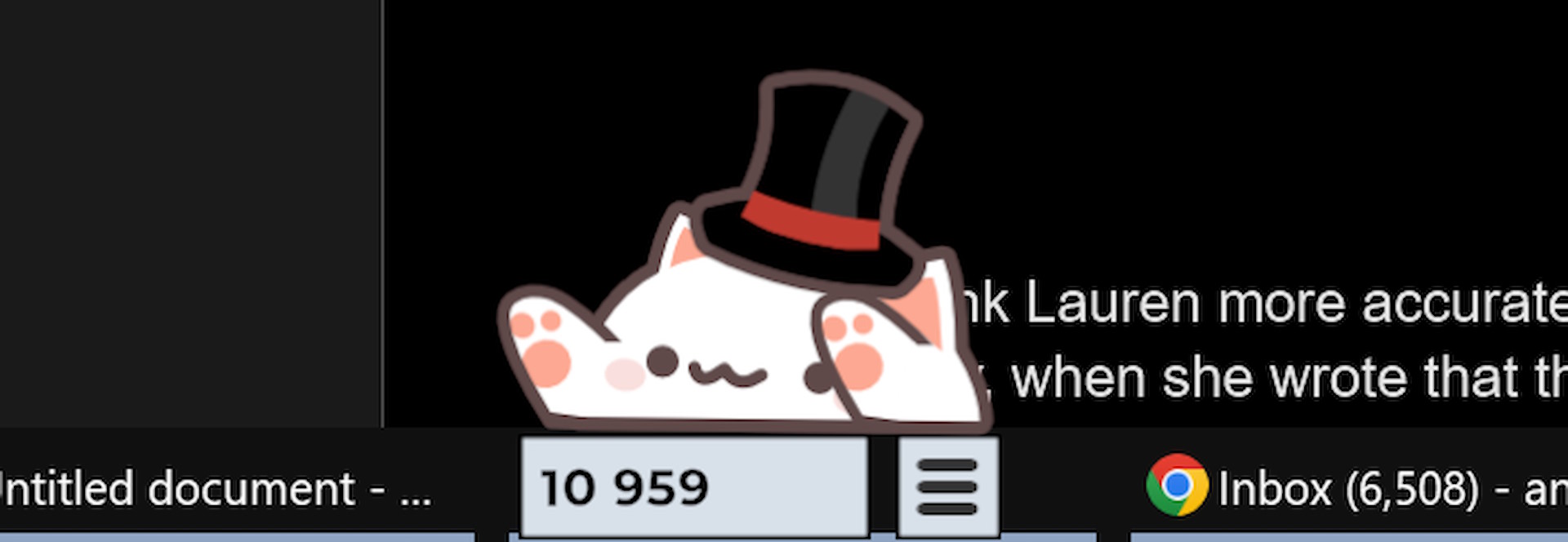
(Image credit: Marcel Zurawka)
And, yeah, that's it. Yet somehow, Bongo Cat hit a peak concurrent player count of more than 101,000 today, and is currently holding the number 12 spot on Steam's most played chart, between Monster Hunter Wilds and Apex Legends.
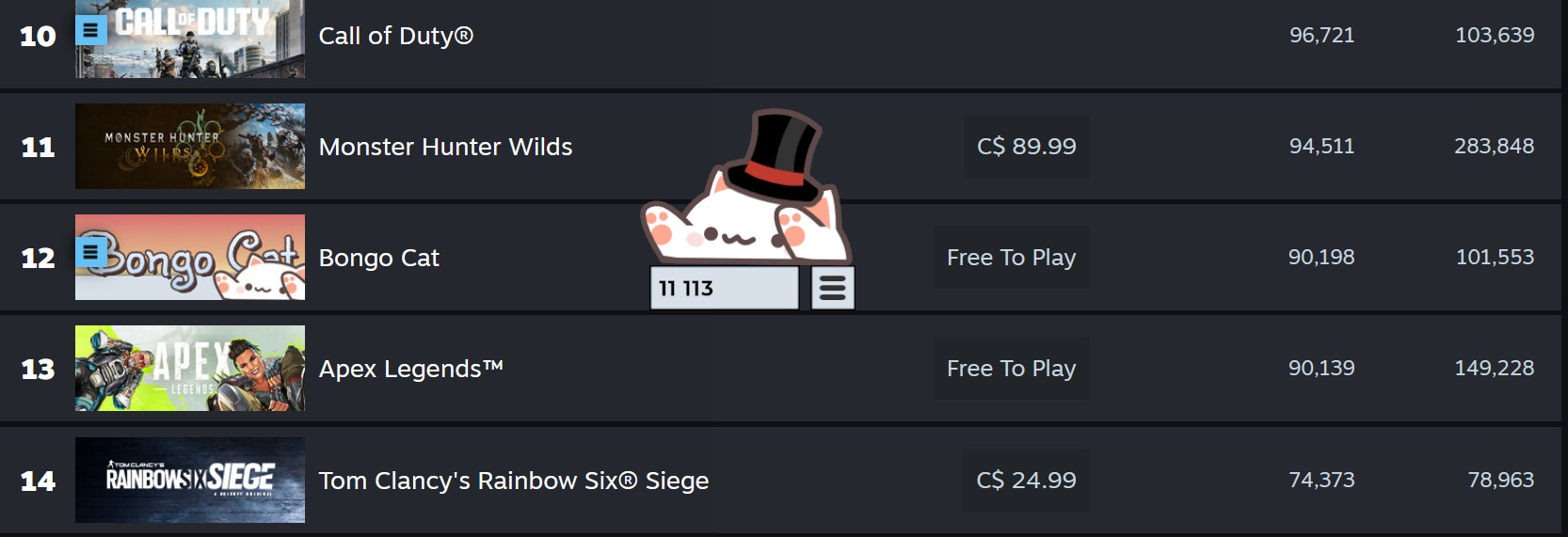
(Image credit: Marcel Zurawka)
Being free is no doubt part of that, as is the fact that once Bongo Cat is running, there's really no reason to stop him. Bongo Cat also earns hats as he frantically smacks at the inside of my screen, and I have to admit my discovery of that fact led to an exciting shared moment with my coworkers.
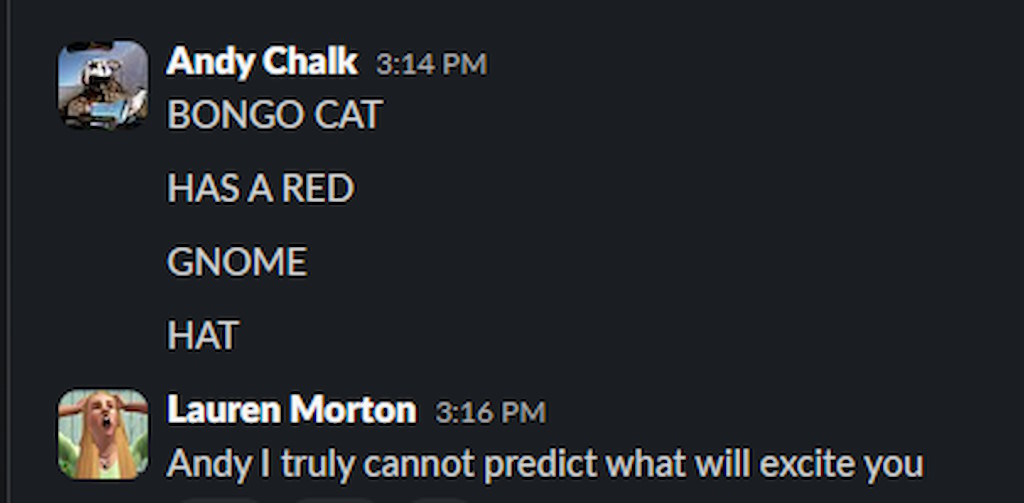
(Image credit: Future)
Well, I was excited. Them, maybe not so much.
But I think Lauren really nailed the resurgent appeal of desktop pets in February, when she wrote that they're "quintessentially PC" creations, especially now that ultrawide and multi-monitor setups are so common and we don't have to worry about their potential impact on performance.
"No matter what I'm doing at my desk—shopping, gaming, working, socializing—there's always room in the corner for my frog friend to mow his lawn," she wrote about Rokua's Idle Island, the desktop pet that had half of PC Gamer in thrall earlier this year. "Last week, I watched a little critter take a dump on the article I was writing in Google Docs. This is a joy and a burden reserved for users of personal computers."
It's the same with Bongo Cat. I've now got him shuffled off into the corner so I don't even see him most of the time, but every now and then I glance over and there he sits, paws up and a big uwu smile, ready to start bap-bap-bapping the moment I put fingers to keys.
A little part of me wonders if maybe there's a competitive element to it—I could be the first person at PC Gamer to hit that one million Bongo Beat achievement!—but mostly, it's just cute, right? Cute, easy, and harmless—really, is it any wonder people are after a little bit more of that in their lives?

Best laptop games: Low-spec lifeBest Steam Deck games: Handheld must-havesBest browser games: No install neededBest indie games: Independent excellenceBest co-op games: Better together
From PCGamer latest via this RSS feed
It's easy to go without extra energy in those first few levels of REPO, but you'll need some sort of power source for expensive new weapons as things ramp up. That's where Energy Crystals come in, providing a finite number of charges for your Semibot's growing arsenal.
Keep in mind, these little yellow power-ups are separate from the stamina upgrades Semibots can purchase at the Service Station between levels. Energy Crystals are strictly for recharging and repairing weapons and tools. To get your items back in tip-top shape for knocking about more nasty REPO monsters, here's a quick rundown on how Energy Crystals work in REPO.
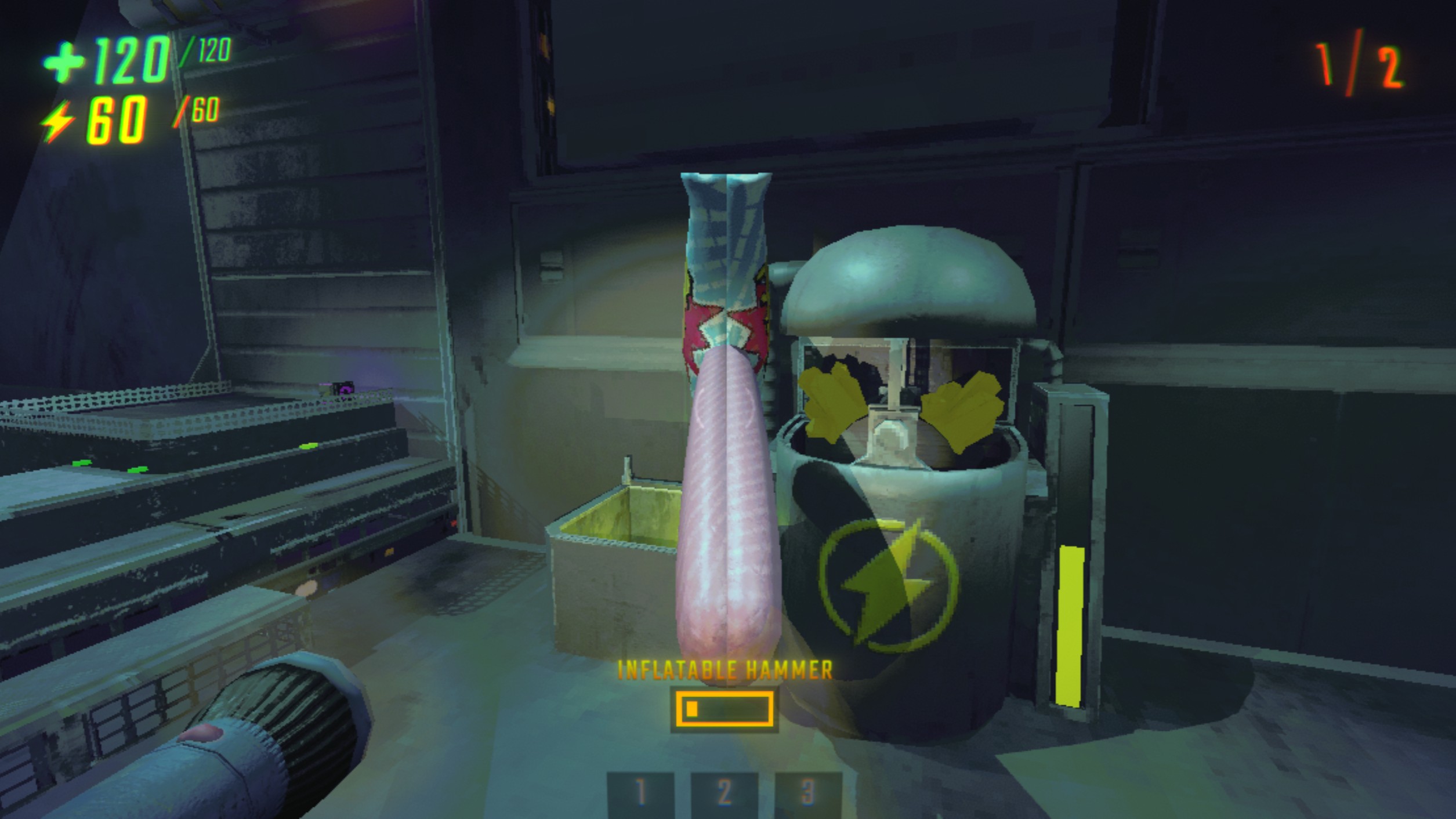
(Image credit: Semiwork)
What do Energy Crystals do in REPO?
Energy Crystals serve as your source of fuel, ammo, and repairs for most items in REPO. The crystals can give a second wind to any used-up tools by recharging them in the truck.
There's of course the more obvious functionality in using Energy Crystals to revive lifeless drones or to reload items like the Tranq Gun, but even weapons like the Inflatable Hammer have a finite number of swings. Just remember, they aren't permanent upgrades to the truck's station. They'll eventually wind up sapped of strength, and you'll need more to keep recharging.
REPO: Energy Crystals and recharging items
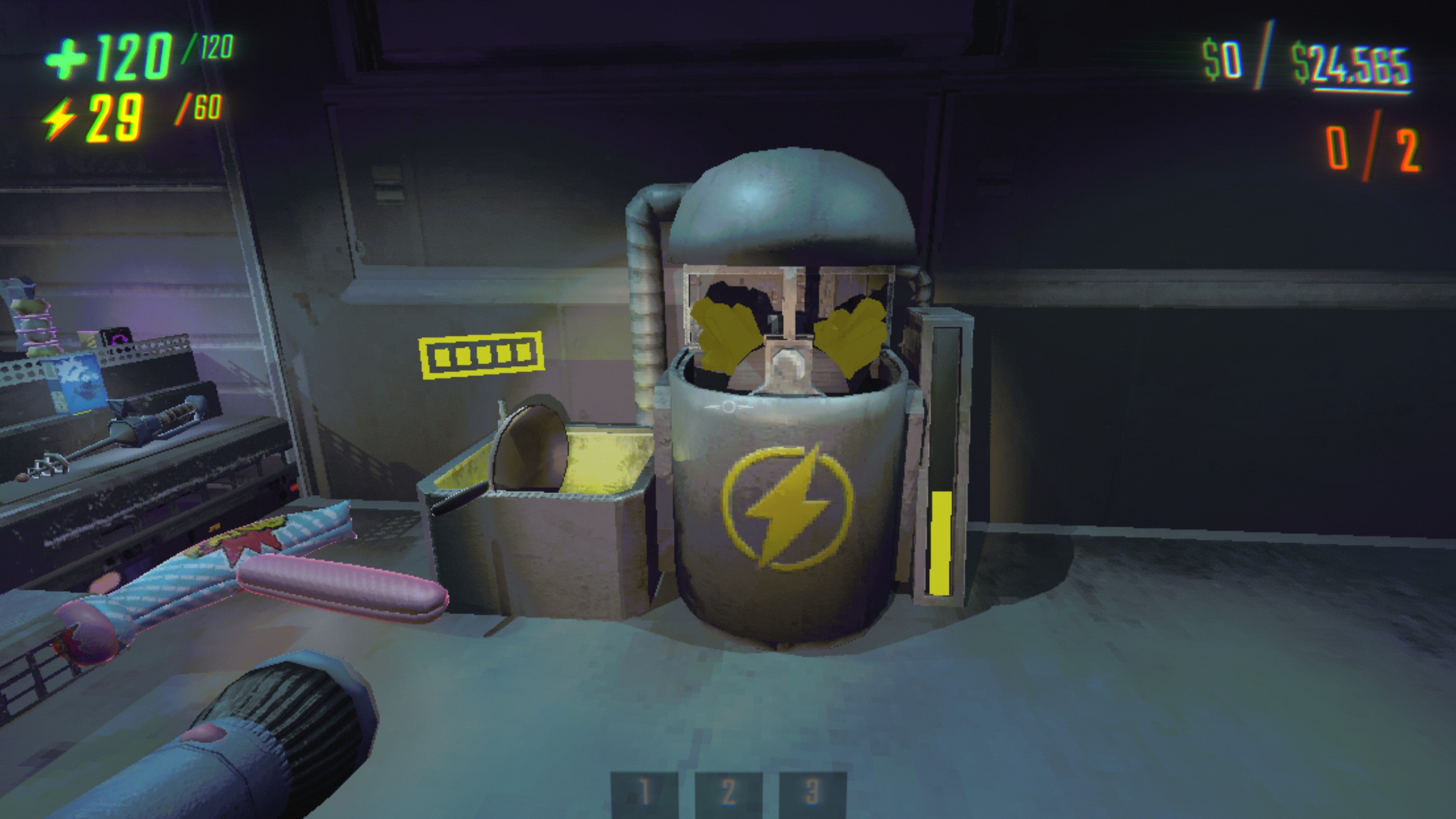
(Image credit: Semiwork)
How do you use Energy Crystals?
You'll automatically use Energy Crystals when charging items inside the truck's recharging station—that's the little device on the right marked with a lightning symbol. Simply drop the drained item into the glowing yellow box, and the truck's portable workbench handles it from there. Good as new.
Unlike other consumables, you won't pick these items up and consume them during loadout, either. They'll slot right into the station and slowly tick down the more weapons or tools you repair. There's a limited number of uses per crystal, too, so be careful about which items take priority for charging.
So what's the deal with REPO's Recharge Drone?
REPO's Recharge Drone provides a portable source of energy for when you're far away from the truck, so there's no need to backtrack and recharge weapons. It can also recharge other drones, giving you more time with even handier assistants like the Indestructible Drone or Feather Drone.
It uses Energy Crystals to recharge back at the truck, so the long and short of it is, yes—you'll need more crystals to keep the drone ready to recharge other items while out and exploring. I'm stubborn, and would rather walk all the way back to the truck to fix my stuff, but that's also cost more me runs than I'd like to admit, so maybe learn from my mistakes.
REPO: How to buy more Energy Crystals
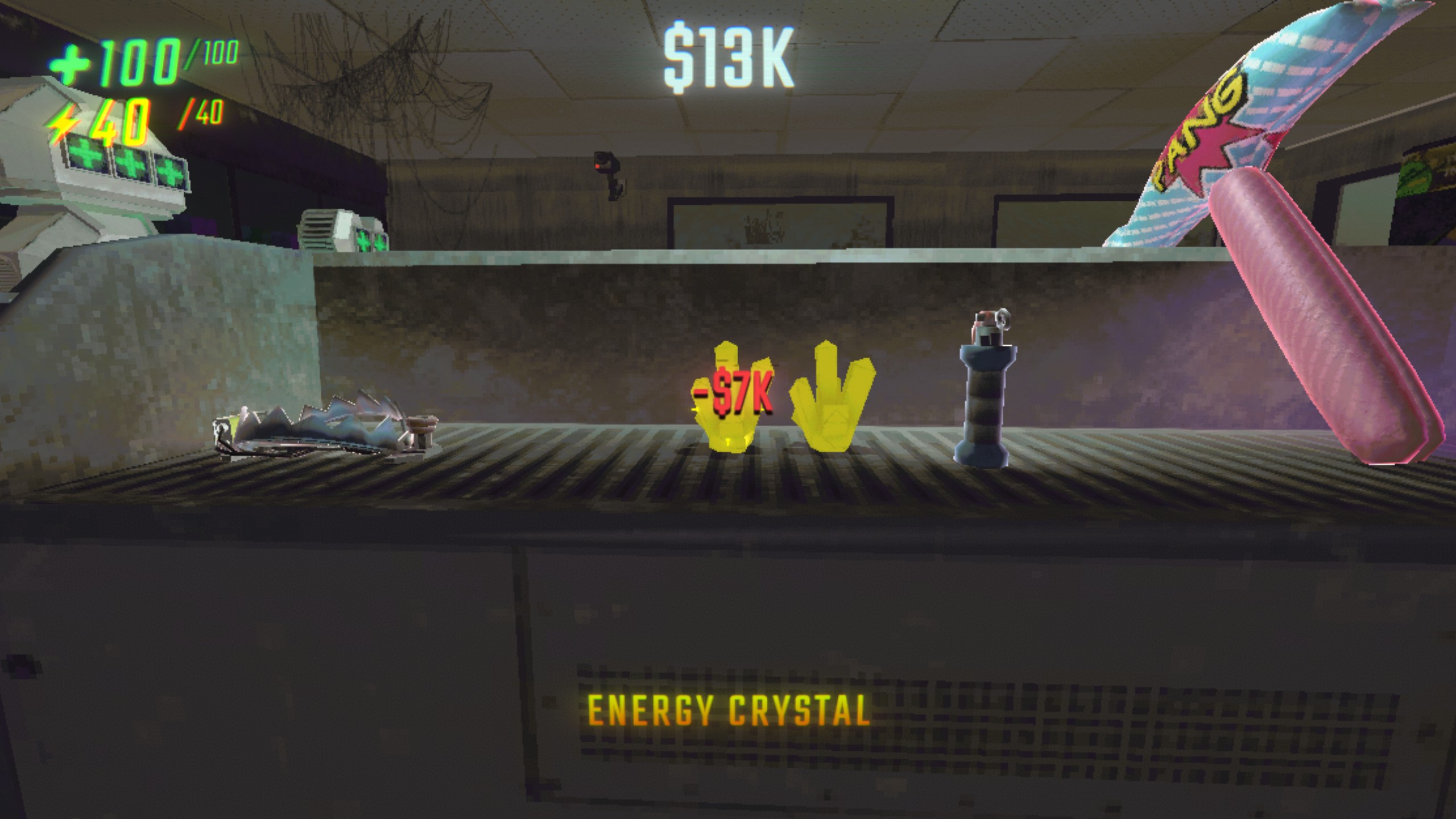
(Image credit: Semiwork)
How to get Energy Crystals
You can buy Energy Crystals between levels when visiting the Service Station. They're typically anywhere from 7k-15k per crystal and are restocked as you return.
Unlike other consumables, there's nothing permanent about the crystals. Once you've used them up, that's it, and you'll need to make it to the next Service Station pitstop to replenish your stockpile. Even if you have no plans to buy items for recharging early on, I'd recommend buying a few of these to hold onto ASAP. They only get more expensive as time goes on, and you'll be hurting for them in the later levels.
From PCGamer latest via this RSS feed
YouTube is conducting a "platform-wide review" of videos and channels on its platform to ensure age restrictions are being properly applied—and, for the record, says Balatro gameplay videos should not be rated 18+ unless they actually violate its gambling policy or other community guidelines.
The problem came up over the weekend when Balatro creator LocalThunk took to social media to say that Balatro videos "are being rated 18+ on YouTube now for gambling."
"Good thing we are protecting children from knowing what a 4 of a kind is and letting them watch CS case opening videos instead," LocalThunk wrote. And, hey, fair point: Videos of CS2 case openings, which have well-documented connections to actual gambling, are hardly in short supply on YouTube.
As silly as it is, it's also a genuine headache for YouTubers: Having an age restriction applied to a video limits who can see it (and thus who it can be recommended to via YouTube's algorithm) and can also impact monetization, as some advertisers won't allow their ads to run on age-restricted videos.
Ah, but it was all a mistake. "TY for flagging!" the TeamYouTube account posted on X in response to LocalThunk's message. "Videos featuring Balatro gameplay should not be age-restricted. We're reviewing the age-restrictions on these videos and conducting a platform-wide review. Thanks for your patience as we fix!"
[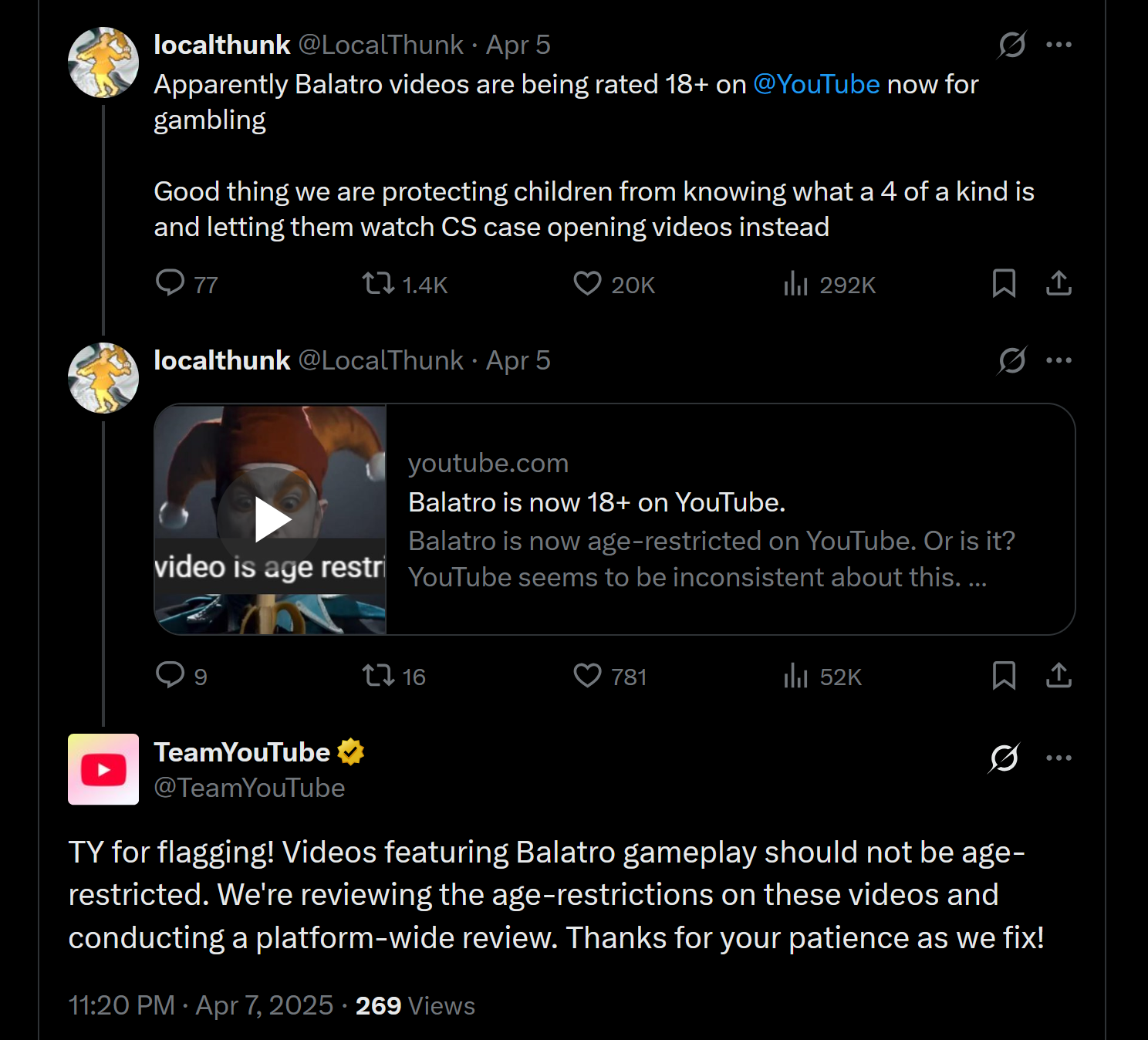
(Image credit: TeamYouTube (Twitter))](https://x.com/TeamYouTube/status/1909446185598996790)
A YouTube spokesperson confirmed the response was legitimate in a statement sent to PC Gamer: "Videos featuring Balatro gameplay should not be age-restricted. We're fixing the issue and conducting a platform-wide review."
YouyTube suggested that Balatro fell victim to the recent changes to YouTube's policies on gambling-related content and how those policies are enforced, saying it welcomes feedback on its enforcement policies as it continues to fine-tune how they're applied. It also encouraged other content creators who are hit with an inappropriate age rating to file an appeal.
Those of you who've been following along will know that this isn't the first age-rating-gone-wrong rodeo for Balatro, a game that makes some superficial use of poker mechanics but is free from any in-game spending or external purchases.
In December 2024, PEGI—the Pan-European Gaming Information rating system—rated Balatro 18+, saying it teaches "knowledge and skill [that] could be transferred to a real-life game of poker." That rating was eventually walked back too, although it took a couple months to get that one cleared up.
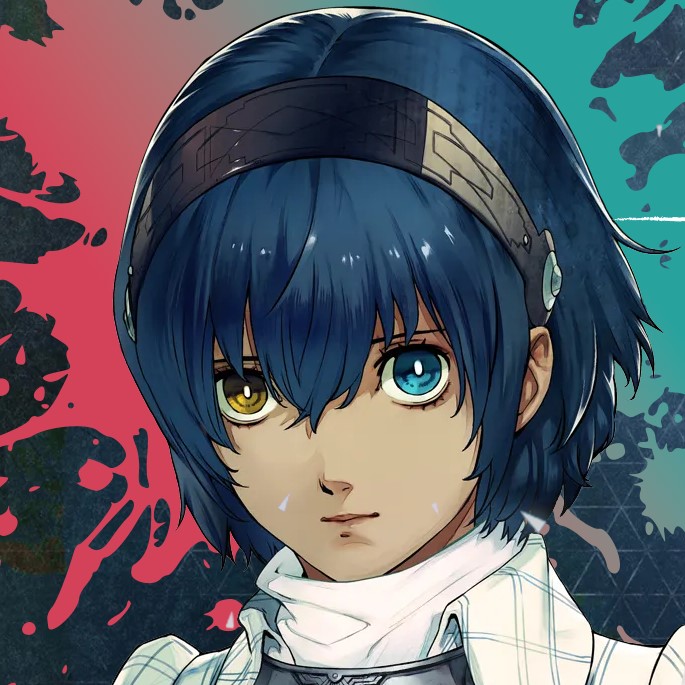
Best cozy games: Relaxed gamingBest anime games: Animation-inspiredBest JRPGs: Classics and beyondBest cyberpunk games: Techno futuresBest gacha games: Freemium fanatics
From PCGamer latest via this RSS feed
There are various unfinished versions of Half-Life 2 that have come to light over the years, all of which reveal interesting things about how Valve's plans changed over time as it painstakingly refined and pruned one of the PC gaming greats.
A new video by YouTuber and Half-Life 2 obsessive CMDR RileySV delves into the 2003 beta, and specifically one of the finished game's little mysteries: "The elusive City 17 river." This is a river that can be seen at a couple of points in the final game, but the player never travels to it. Yet at one point it was intended to play a much greater role in the lead-up to the game's climax.
The closest you physically get to this inaccessible river in the finished game is in the waterways near the start, and again in chapter 10. City 17 in earlier versions of Half-Life 2 had more emphasis on the waterways, and a beta file called "streetwars/proto_c17map" shows a large but untextured cityscape where the river bisects the map and various waterways run beneath the streets ("Street Wars" was apparently the working title for what would become the "Anticitizen One" chapter of the game, focused on the Uprising against the Combine)
In the finished Half-Life 2, there's a section where Gordon and Alyx are fighting through City 17 trying to reach Barney, and come to a destroyed bridge. You end up dropping down to the canal before a short underground section and into a factory, before returning to the streets.
In the 2003 beta version, you instead drop down into the canal and go through a more involved underground section, fighting various enemies and Combine soldiers, before emerging at another bridge that crossed a river. Here you'd fight a Hydra before entering the same street that appears in the finished game.
The Uprising section of the game was at one point intended to last much longer, and in the 2003 beta features the E3 Strider demo fight, after which the player fights further through City 17's streets before reaching a park next to a waterway. Here you go down into the canals, with two more untextured maps featuring the scout car: the player was to race through these canals, presumably with encounters along the way, before finally emerging right at the base of the Citadel. Even in the unfinished state you can see this would've been a great visual reveal of the Citadel as the player turns a corner to see the base and looks up…. And up, and up.
So at one point this river and the canals were basically how the player was intended to eventually reach the Citadel. In the final version, certain elements of them remain (which can be seen by clipping through the scenery or using mods) but, for example, whatever was once planned for this canal section during the Anticitizen One chapter was repurposed into the final game's canal section (which some players have mixed feelings about, but I think is great).
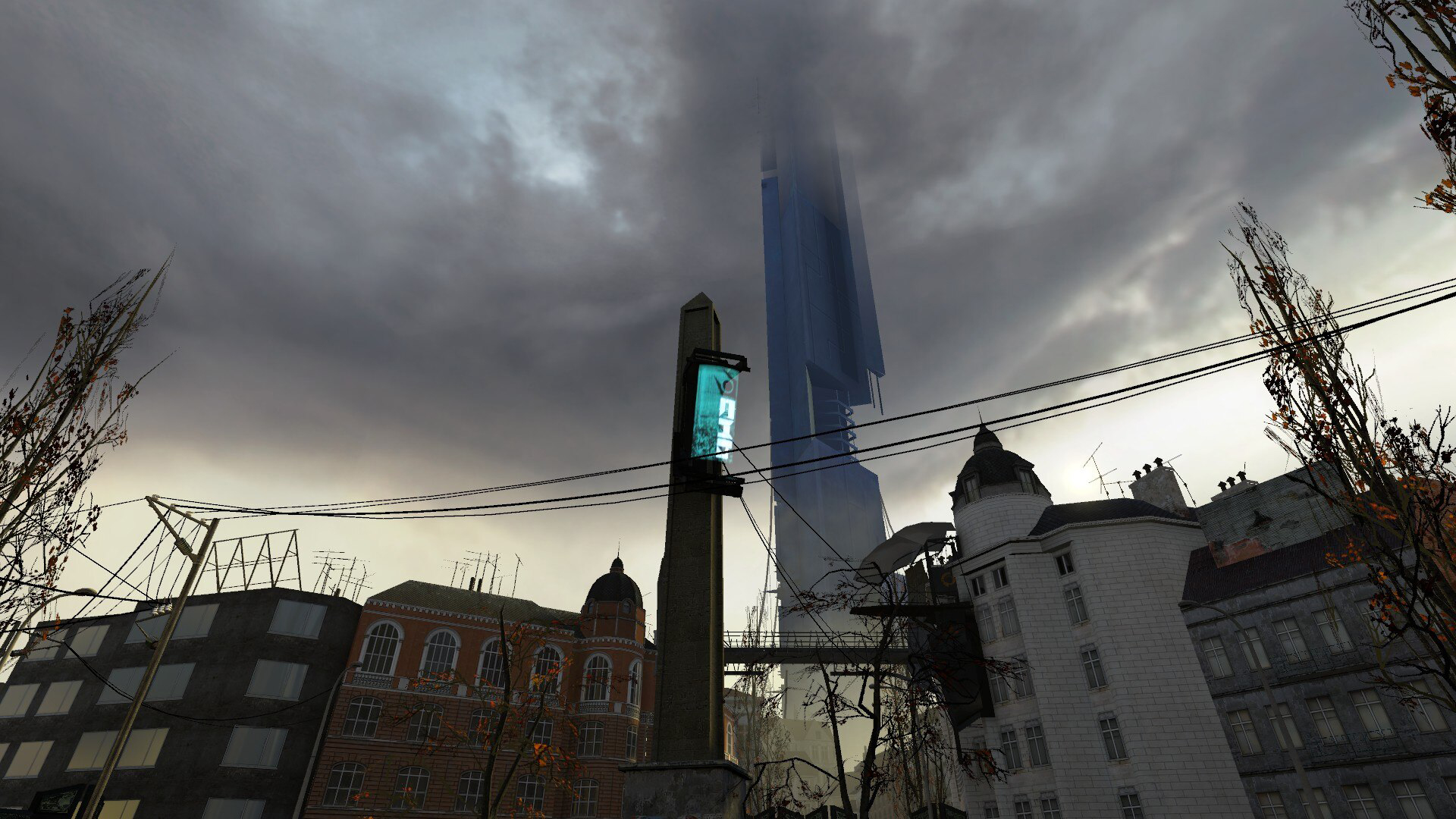
(Image credit: Valve)
There's also an amazing comment under the YouTube video (miracles do sometimes happen):
"One thing I love about Half-Life 2 is the level of detail," says @FlintExp. "Even though the game itself takes place in Eastern Europe, the city layout as seen is from New York City. You can place these coordinates in google to see the exact location of that image."
@FlintExp goes on to explain how to reconstruct the image in order to easily "match the two bridges, roadways, and the 'Wallabout Bay' and other locations that follow the river to help confirm. I honestly want to say the Citadel's location is around Prospect Park in NYC based on the location of the screenshot."
So that retextured image you see of City 17 as you rise up the Citadel is actually an aerial view of a portion of New York. And the river you see here, which can also be glimpsed during the sequence with a Superportal in Half-Life 2: Episode Two, was once a major part of your journey through City 17 and, eventually, towards reaching the Citadel.
There's little doubt (in my mind at least) that Valve made all the right choices when it was shaping Half-Life 2's final form, and I think extending the City 17 sections in these ways would probably have been to the detriment of the game's pacing. But that's why this stuff is so fascinating, that look behind-the-scenes at how Valve was thinking and editing its work right up until the last minute: the 2003 beta is very similar to the retail version of the game, as you'd expect, except when it isn't. To give one more tiny example, in the beta you got the Gravity Gun after Ravenholme.
All credit to CMDR RileySV for explaining this nugget of Half-Life 2 history, and if you enjoy these kind of deep-dives into Half-Life esoterica then their channel is an absolute treasure trove of goodies (and also has some excellent lore videos about the series).

2025 games: This year's upcoming releasesBest PC games: Our all-time favoritesFree PC games: Freebie festBest FPS games: Finest gunplayBest RPGs: Grand adventuresBest co-op games: Better together
From PCGamer latest via this RSS feed
The Huntress is Path of Exile 2's newest character class, a fearsome Azmeri warrior who hunts monstrous wild creatures armed with a buckler and her trusty spear. She darts in and out of combat, effortlessly parrying attacks while transitioning between melee and ranged combat in a mesmerizing, graceful dance of violence and death. Or, if you're like me, she grabs a crossbow and blasts everything in sight.
One of the beautiful things about Path of Exile 2 is that as much as a weapon type might be associated with a character class, there's nothing stopping you from doing something different. When I was looking for the best way to start a Huntress in 0.2, I was leery of signing myself up for a complicated playstyle like the spear. So I looked through the patch notes, found out crossbows were basically the only thing buffed in what was otherwise a bloodbath, and locked in.
My experience turned out to be one of absolute joy. While the internet exploded with people whining and complaining about how overtuned the monsters were and how bad the nerfs hit them, I sailed through the campaign into maps and continued blasting. Here's how I did it.
Key skills
This build uses the Glacial Bolt crossbow skill combined with Artillery Ballista to control the battlefield, clear packs, and absolutely decimate bosses with large hit boxes. Unfortunately, you can't get Artillery Ballista until level 31, so I recommend starting with Lightning Arrow. You can use crossbows from level one with grenades and other nonsense, but LA uses all the same scalings and requires no respeccing of your passive tree at all.
To start with, roll a Ranger. Get your bow, get the Lightning Arrow skill, get your uncut gem from Renly, and chuck everything in your stash. Then when your Huntress gets to the encampment, you'll be able to get the Lightning Arrow/Lightning Rod combo going, which will carry you through Act 2. Grab a bow with as much physical damage, flat damage, and attack speed as you can and go to work.
Lightning Arrow
Martial Tempo: Supported skills have 25% more attack speedLightning Infusion: Supported attacks gain 25% of damage as extra lightning damage, but deal 50% less cold and fire damage
Lightning Arrow will carry you through until you hit level 31 and can make the swap to crossbow. Martial Tempo helps with early attack speed, and Lightning Infusion is one of the best more damage multipliers you can get with a level one support gem.
Lightning Rod
Scattershot: Supported skill fires two additional projectiles, but deals 20% less damage and has 20% less attack speedConcentrated Effect: Supported skills have 40% more area damage, but 50% less area of effect
Drop Lighting Rod on rares, big packs, and bosses for huge amounts of damage. Once you have a field of rods down, your Lightning Arrow will trigger them to zap everything, shock them for multiplicative damage, and clear things out.
Herald of Thunder
Precision: 30% increased accuracy while a supported skill is active
Don't worry too much about supports for Herald of Thunder. It adds a bit of extra damage to what we're doing, but isn't crucial. If you find an amulet with 10 extra spirit chuck Precision in there.
Crossbow Transition
Once you hit level 31, I recommend making the swap to crossbows. Note that you'll need a level nine uncut gem to make your Artillery Ballista skill, so don't make the swap until you have that in hand. You'll be using Glacial Bolt as your primary skill both for clearing and bossing, which shoots out icy bolts that make walls in a v shape. When these walls take enough damage or are pushed by enemies, they explode for big damage and freeze.
Normally, this would require us to load another ammo type or fire a grenade to break them. Instead, we'll be using Artillery Ballista. This skill fires explosive bolts that rain from the sky, meaning if we drop these down, busting the walls becomes automated. It's a comfy playstyle with big damage, unreal boss kill, and unparalleled battlefield control.
Glacial Bolt
Cold Infusion: Supported attacks gain 25% of damage as extra cold damage, but deal 50% less lightning and fire damageScattershot: Supported skill fires two additional projectiles, but deals 20% less damage and has 20% less attack speedBullseye: Supported skills have 50% more accuracy rating
We'll support Glacial Bolt with Cold Infusion, Scattershot, and Bullseye. Cold Infusion gives us a nice damage increase, while Scattershot fires more bolts which means more walls. Bullseye is an incredible third gem once you start finding lesser jeweler's orbs, because the Amazon Critical Strike node gives us crit chance equal to 25% of our excess chance to hit—which essentially turns accuracy into damage.
Artillery Ballista
Overabundance: Supported skills have +1 to limit and 50% less skill durationMartial Tempo: Supported skills have 20% more attack speedPrimal Armament: Supported skills deal 25% more weapon elemental damage
Artillery Ballista is normally a solo player, but with Overabundance we can have two down at a time. Even with the skill duration reduction you still get them for eight seconds, which is plenty. Martial Tempo allows them to attack more quickly and Primal Armament is a nice damage multiplier. Early on, this skill deals substantial damage so be sure to keep it leveled up alongside Glacial Bolt.
Herald of Ice
Precision: 30% increased accuracy rating while a supported skill is activeMagnified Effect: Supported skills have 30% more area of effectClarity: 30% increased mana regeneration while a supported skill is active
Herald of Ice is where we use our spirit. It adds a nice additional source of damage and shatters corpses, which is handy. We use it to socket the extremely important Precision gem, because again, accuracy is critical hit chance. Mag effect makes our shatter explosions larger and if you have an extra jeweler's lying around you can throw Clarity in there to lessen your reliance on your mana potion.
Thunderous Leap
Throw a spear in your offhand weapon setup, preferably with attack speed on it. We'll use Thunderous Leap to reposition around walls of ice that haven't exploded or jump past mobs of monsters. A quality of life improvement that makes the most annoying part of the build much more manageable, and also lets us jump over walls and gaps!
Passive tree

(Image credit: Grinding Gear Games)
Our passive tree will focus on a few important things: attack speed, attack damage, movement speed, and accuracy. This build requires almost no attention to defense, which is one of its great strengths. Monsters are so busy attacking ice walls or ballistae, pathing around channels of frost, or frozen in place, that they hardly have a chance to attack us in the first place. Here's where to spend your points:
Start by pathing through the attack damage nodes to Primal Instinct and Eagle Eye. This gives us a nice base of damage and accuracy to make sure our shots are hitting and hitting hard.From there, head to the Precision Salvo cluster and Primal Sundering. More attack speed, more accuracy, more damage. You're gonna notice a trend here.Take Escape Velocity while pathing toward Maiming Strike. This build requires a ton of stats between crossbow skills requiring both strength and dex, and Herald of Ice requiring intelligence. Maiming Strike is nice because it maims enemies, which reduces their evasion rating, further juicing our Critical Strike node. Remember, it's not just excess accuracy, it's excess chance to hit. This is important!After Maiming Strike, you can head over to Acceleration or start working toward the Monk starting area and Blinding Strike. Blind also lowers enemy evasion rating which makes it super effective, but I found myself unable to pass up the movement speed.After Blinding Strike, path down through Essence of the Mountain and take Step Like Mist. The stats help a bunch, and I'm a sucker for movement speed.
This setup should make for an excellent start. Moving forward with your tree, keep your eyes peeled for critical damage bonus, skill speed, attack damage, and movement speed. Palsteron has a more advanced version of this build and you can check out his video here for further evolutions of it.
Ascendancy
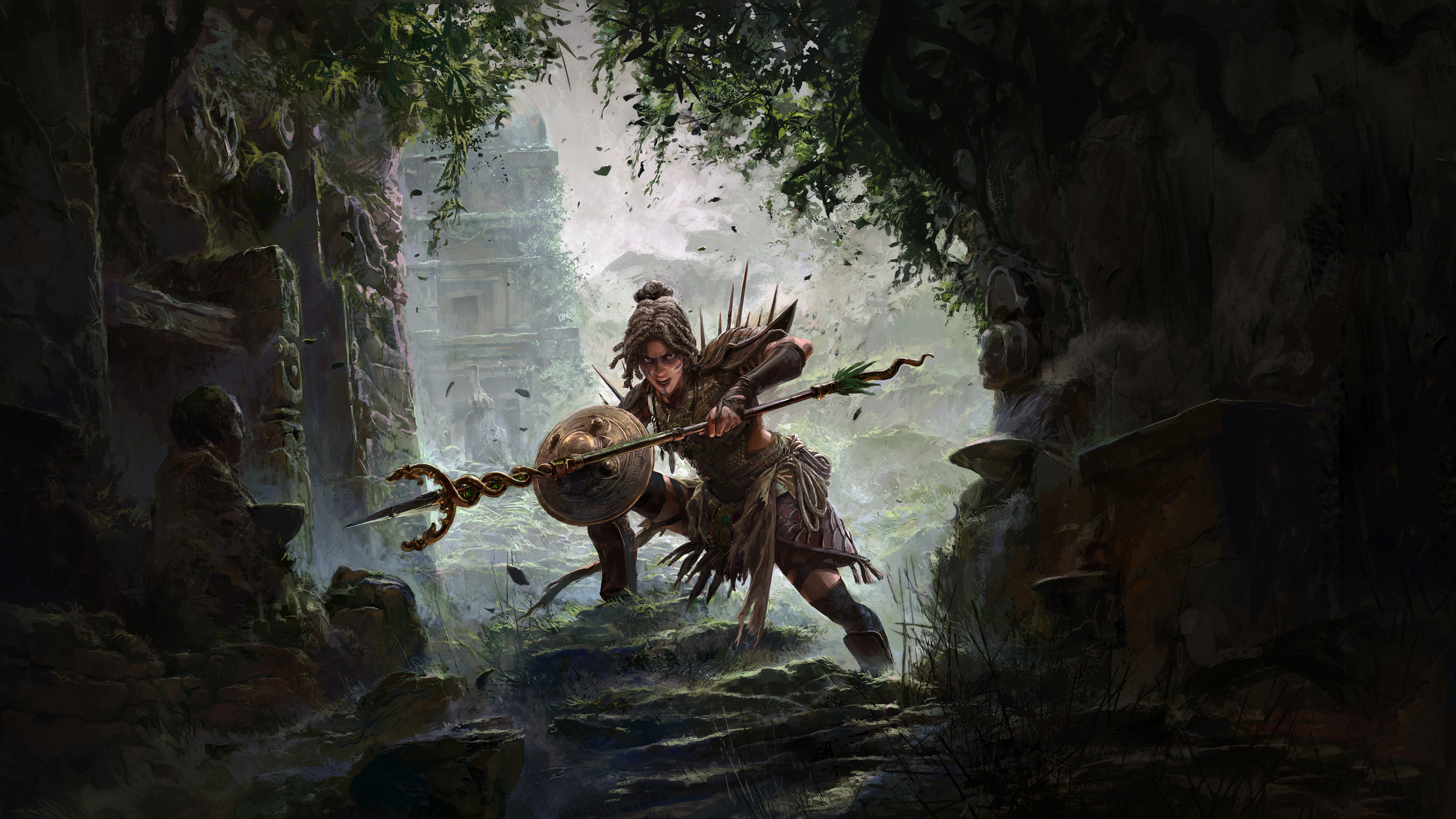
(Image credit: Grinding Gear Games)
We'll be selecting the Amazon as our ascendancy, and with it one of the most incredibly powerful nodes I've ever seen, Critical Strike. It turns 25% of our excess chance to hit into critical strike chance, and it's hard to even express how good this is.
It's important to note, as I've talked about above, that it's not just accuracy that scales this, but our chance to hit in general. That means that things that lower enemy evasion, like maim and blind, also help. In addition, the way the chance to hit tables work in Path of Exile 2 means that the closer we are, the higher chance to hit we have. If you're up in something's grill, you're almost guaranteed a crit.
This is one of the most satisfying things about the build, as we can pepper enemies with Glacial Bolts and Artillery Ballista, wear them down, chill them, and if we see a good window or freeze them, we can dart in and absolutely unload from point blank range. So good.
For your second set of points take Predatory Instinct, which gives you a nice juicy more damage multiplier against rare and unique monsters.
Gear and stat priorities
[Content truncated due to length...]
From PCGamer latest via this RSS feed
I don't know how anyone playing with a controller puts up with the inventory management that makes up so much of an action RPG like Diablo 4. If I couldn't click and drag my gems and helmets around I don't know how I'd cope. Much respect for my console siblings who somehow navigate not only inventories but also skill trees with controllers designed for playing Bushido Blade in 1997.
Their anguish will end during Diablo 4's July–September season, as revealed by the newly published roadmap for 2025. This roadmap details the year's four seasonal updates, as well as the permanent additions that will be released alongside each one.
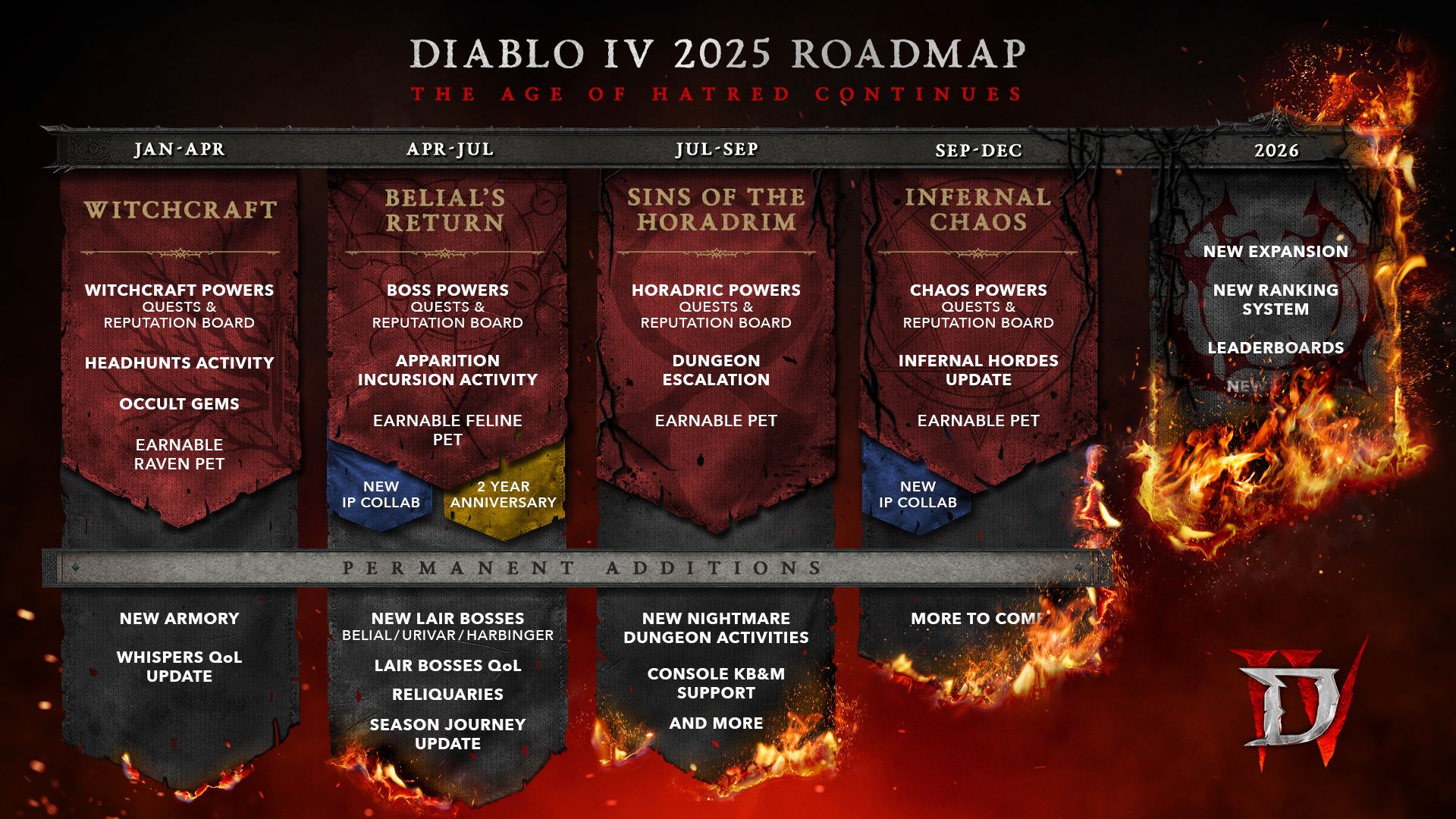
(Image credit: Blizzard)
There won't be an expansion in 2025, however. As Diablo's general manager Rod Fergusson mentioned at DICE Las Vegas, the follow-up to Vessel of Hatred won't be out until next year. While initial plans were for Diablo 4 to have four seasons and one expansion worth of updates each year, expansion two has been delayed until 2026.
Coming up on the roadmap is the April–July season, called Belial's Return. As revealed a few weeks ago in a developer campfire chat, the Lord of Lies will be the pinnacle boss in Season 8. The boss ladder system will be revamped, and Urivar and the Harbinger of Hatred will be added to it. Boss-rush events called "apparition incursions" will crop up in the open world, and players will be able to earn 24 boss powers by defeating certain targets. There's also an "earnable feline pet" and a "new IP collab" on the cards.
The July–September season is called Sins of the Horadrim, which will add Horadric powers, another pet to earn, and "dungeon escalation". On the permanent addition side, new nightmare dungeon activities are coming alongside the aforementioned keyboard-and-mouse support for consoles.
And then in September–December we can expect the season of Infernal Chaos. Yes, there will be a new variety of powers to earn as part of that seasonal journey, and this time they're called chaos powers. Which is a bit vague. Expect an update to the wave-based infernal hordes mode, another pet, and another "new IP collab". We know Final Fantasy 14 director Naoki Yoshida is a Blizzard stan who has said he'd love to do a Diablo crossover, but it could be Overwatch skins for all we know.
Finally, the 2026 section of the roadmap hints at a new ranking system as well as a leaderboard and, yep, that new expansion.
From PCGamer latest via this RSS feed
There are a few really neat references to Minecraft pop culture in A Minecraft Movie, including a tribute to Technoblade and a couple of DanTDM shoutouts. But there also seems to be quite a few cameos that were cut, including a scene featuring Valkyrae and several inventions from Mumbo Jumbo.
"Yeah, there were a ton of fun sequences we wanted to do," director Jared Hess says in an interview with TechRadar. "[Popular Minecraft YouTuber] Mumbo Jumbo, who's a redstone genius, was working on a great scene that we just couldn't do.
Best of Minecraft
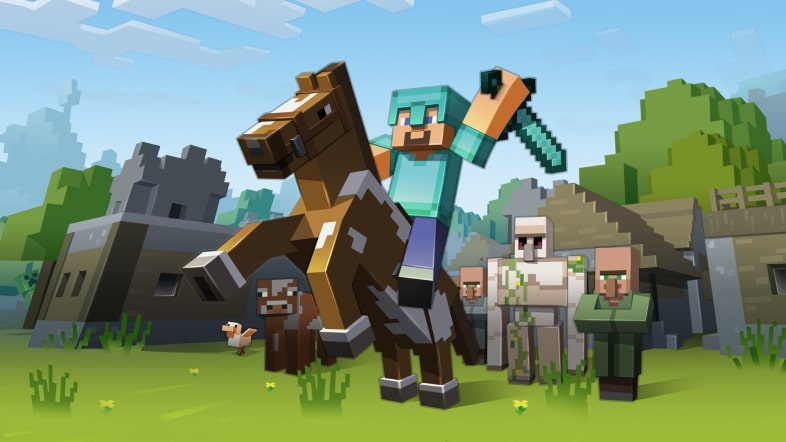
(Image credit: Mojang)
Minecraft update: What's new?Minecraft skins: New looksMinecraft mods: Beyond vanillaMinecraft shaders: SpotlightMinecraft seeds: Fresh new worldsMinecraft texture packs: PixelatedMinecraft servers: Online worldsMinecraft commands: All cheatsMinecraft build ideas: What to build next
"We had a sequence that involved a giant Piglin robot, which was a Trojan horse-type thing that worked via redstone. I storyboarded it, we had full animatics of it, and it was a really hilarious scene. But, we just weren't able to do it."
Mumbo Jumbo is a Minecraft YouTuber who specialises in creating redstone builds. Recently, he managed to make mechanical cogs and gears in vanilla Minecraft (no mods, just pure redstone) as well as a massive redstone fan.
These builds are all incredibly impressive. I love playing around with redstone, and have even gone to Mumbo Jumbo for inspiration for builds multiple times, but I could never come up with anything he makes on my own, my brain just isn't hardwired like that.
So it makes complete sense that when Hess wanted an expert to create some extraordinary redstone booby traps, he would turn to Mumbo Jumbo. "It would've been super fun to have that Mumbo Jumbo-designed sequence," Hess says. "But ultimately it didn't work out. He designed a bunch of crazy booby traps for us as well, but we couldn't make those work in the confines of our movie, too."
But even if Mumbo Jumbo's sequence didn't end up making it into the film, Hess and others working on A Minecraft Movie still tried to ensure that all the builds that were present worked just the way they should. "Everything we designed for the film, we wanted to make sure that you could actually go and make in the game," Hess continues. "So, even Steve's Lava Chicken Shack and all of those things, we'd be like 'Gosh, are we sure we can do this? Does it work? Okay, let's go to the game and build it right now. Right, it checks out. It's bulletproof."
So I guess that means my next job is to make a working Lava Chicken Shack in my Minecraft world. It's only small, so it shouldn't be too hard, plus it looks like it uses a pretty basic redstone pattern. And at the end of it all, I'll get some lava chicken, what's not to love?
From PCGamer latest via this RSS feed
The ambitious ARPG Rise of the Ronin released on Steam a few weeks ago and, from the get-go, proved to be yet another terrible PC port from Team Ninja. The game has undeniable qualities but they're buried beneath a myriad of performance issues, and user reviews are "Mixed" with every negative relating in some way to how it's running.
Rise of the Ronin originally released as a PlayStation 5 exclusive in March 2024, and seemed to run fine on the console (it has a 76 metacritic on that platform) which kinda just adds insult to injury.
Team Ninja has now issued an apology to players, and announced that a patch will be released on 10 April addressing performance issues.
"We are currently investigating reported issues for Rise of the Ronin' Steam version," reads a statement posted on X. "Currently we are preparing a patch, which will be released 4/10 (Thursday), to fix or improve some of these issues.
"We sincerely apologize for any inconveniences that you may have experienced."
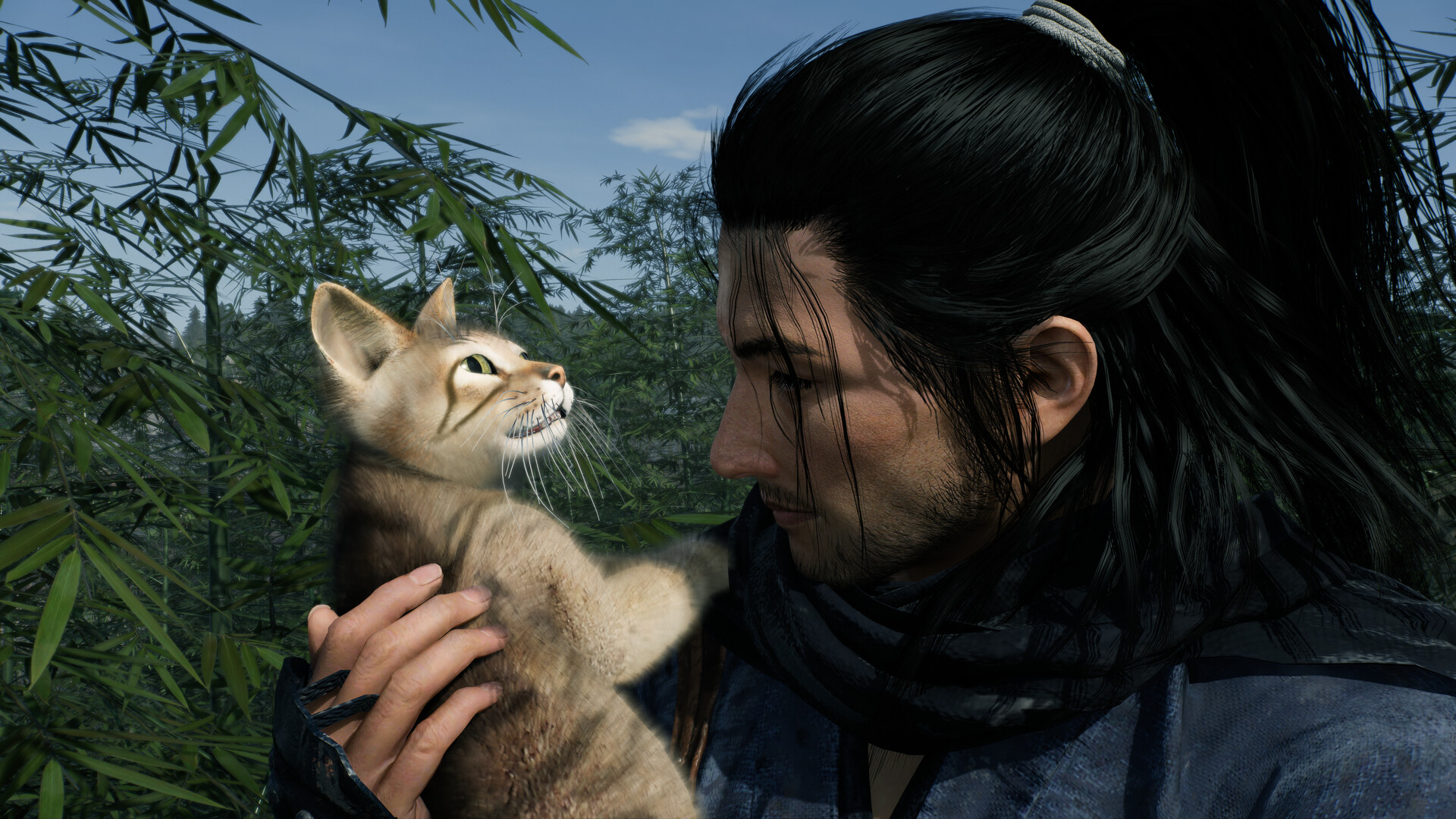
(Image credit: Koei Tecmo)
It is becoming a bit of a pattern for Team Ninja to deliver shoddy PC ports, which I take no pleasure in saying because I think the studio makes some great action games. Wo Long: Fallen Dynasty was also a hot mess on PC and three years ago Ninja Gaiden: The Master Collection arrived on PC but was "rough as a dog."
It just seems that maybe, possibly, Team Ninja could do a little bit better by the largest gaming platform in the world. No game launches entirely bug-free of course, but what we're seeing on repeat from Team Ninja are extremely poorly optimised versions of games that run flawlessly on much less powerful hardware. Team Ninja's report card on PC over recent years reads "could do so much better" and, if it doesn't, an unwelcome reputation is going to stick.
From PCGamer latest via this RSS feed
James Bentley, hardware writer

(Image credit: Future)
This week: I've been watching the Nintendo Switch 2 news with excitement and tariff news with dread. Overall, a pretty standard week.
One of the most monumental upgrades I ever made to my gaming rig was swapping to an OLED monitor. A higher and clearer contrast, but also more vibrant colours and deeper blacks. It just makes colour pop in a way that is hard to fully describe unless you're seeing it light up in front of you. I've grown so accustomed to my 1440p OLED screen that my secondary monitor feels no longer enough even to display basic information and browse the internet. I have a hankering for a second OLED monitor and my bank account lives in fear of the day a good enough deal pops its head up.
Effectively, each pixel in an OLED monitor is its own light, which means no backlighting is needed for you to see the panel. This makes for inky blacks and a better contrast ratio.
There are a few good reasons to choose LED over OLED in setups, of course. LED monitors tend to be less power-hungry than their cooler-looking brother, and they're less expensive too. The fear of OLED burn-in is ever present (though one year-long test showed good results) and, some may opt to go for a cheaper 4K monitor than a more expensive 1440p OLED. With so many good options out there, that opportunity cost is ever-present, especially when you consider you need to get some time with an OLED monitor to see why they are so good.
While I understand why one may not go for an OLED screen in their home setup, I'm a tad disappointed we don't have more OLED screens in the handheld gaming market. Oddly, looking through the best handheld gaming PCs, only a few of them have an OLED screen: OneXPlayer's Strix Point equipped OneXFly F1 Pro and Valve's own Steam Deck OLED.
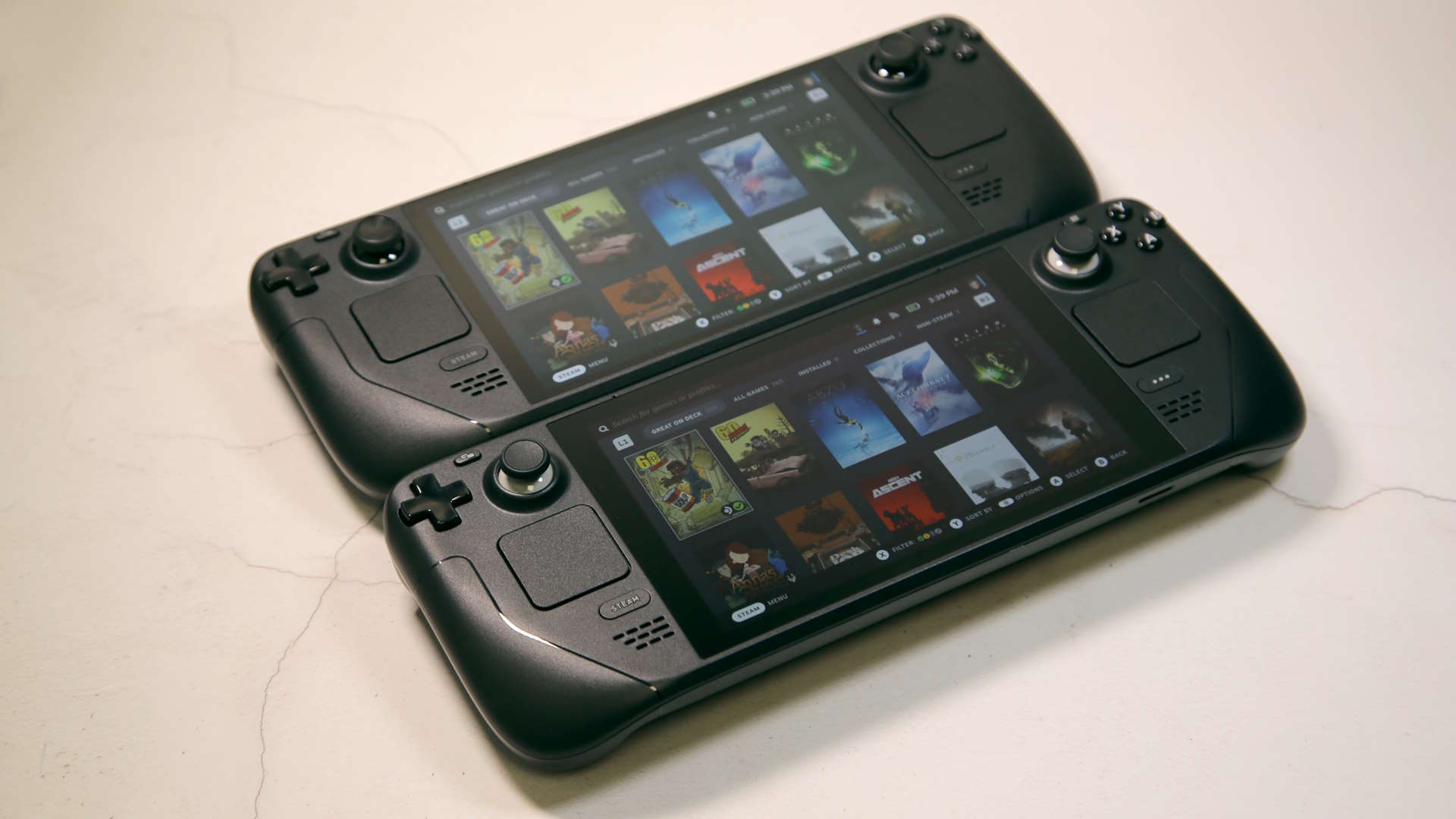
(Image credit: Future)
Despite almost no real tangible hardware changes, the swap from Nintendo Switch to Nintendo Switch OLED felt revelatory to me when I first upgraded back in 2021. I felt a unique joy in being able to see the same games I played just weeks prior but in a new light (or should I say lack of backlight?).
I had the same experience finally testing a Steam Deck OLED just a few months ago. It's a great indie machine thanks to that screen, its price point, and improved battery life over the standard model. It loses out against competition as you can get comparably more powerful devices for a similar amount of cash, but that screen is so lovely that there's an argument to be made for it anyway.
However, the recent announcement of the Nintendo Switch 2 has me thinking Nintendo has taken a step back with its LCD screen. In a recent roundtable interview attended by IGN, a Nintendo representative says: "Now there's a lot of advancements that have been made in LCD technology during development". They then go onto say that Nintendo put a lot of consideration in and decided on an LCD screen.
Part of the announcement for the Nintendo Switch 2 shows it supports HDR, something that the Nintendo Switch OLED did not. Perhaps, with the extra cost of OLED screens and the abundance of LED panels, Nintendo decided that LEDs with sufficient HDR improvements were good enough.
OLED monitors tend to lack the brightness of non-OLED choices and need to have smaller bright patches to really crank it up to eye-searing levels. HDR, or High Dynamic Range, allows monitors to show a wider range of colours. OLED have darker blacks and non-OLED have brighter screens so they have different considerations from a design standpoint.
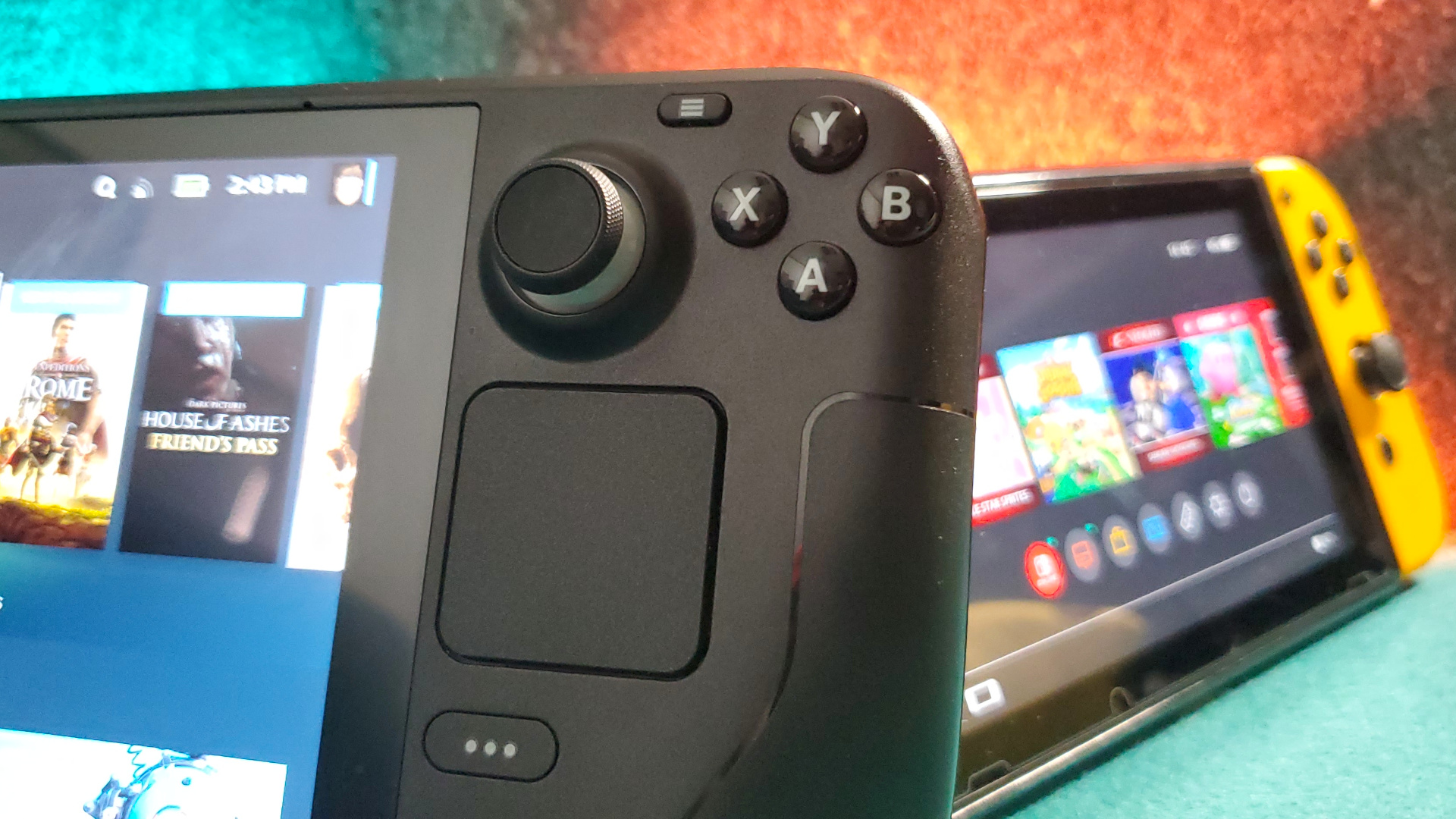
(Image credit: Future)
We haven't yet seen the Nintendo Switch 2 screen in action so it could be rather impressive but that's one of the first things I plan on testing when I get my hands on one. However, HDR can be a tad hit or miss on screens and OLED tech is getting better by the day too. New OLED TVs from LG and Samsung are reported to get up to 400 nits of full brightness, which should only be a boon to HDR.
The swap to OLED panels has been one of the more monumental upgrades I've made in the last few years, and though I think a snappy IPS panel with HDR and VRR can certainly make for a good trade-off, I can't help but lament that none of my other screens are as great as my main monitor.
I may pick up a Nintendo Switch 2 anyway to play what From Software is cooking up, and I'm certainly tempted by the performance of the MSI Claw 8 AI+, but I can't help but wonder if it will feel like less of an upgrade and more of a sidestep.
However, I'm not looking to see OLED screens absolutely everywhere, I'm just looking to see them more than we have so far. OLED screens feel like a great companion for a gaming handheld. They look incredible, and the lack of a backlight means they take up less space than an LED panel. This can leave more room in the device itself for better thermals or a higher-performing battery. The Steam Deck OLED even manages to offer a better battery than its predecessor.
Price certainly plays a factor in why OLEDs are less common and at least some of the $1,300+ price of the OneXFly F1 Pro is due to its lush screen. It is worth noting that the Strix Point chip in that the F1 Pro will be the largest contributor to that cost though.
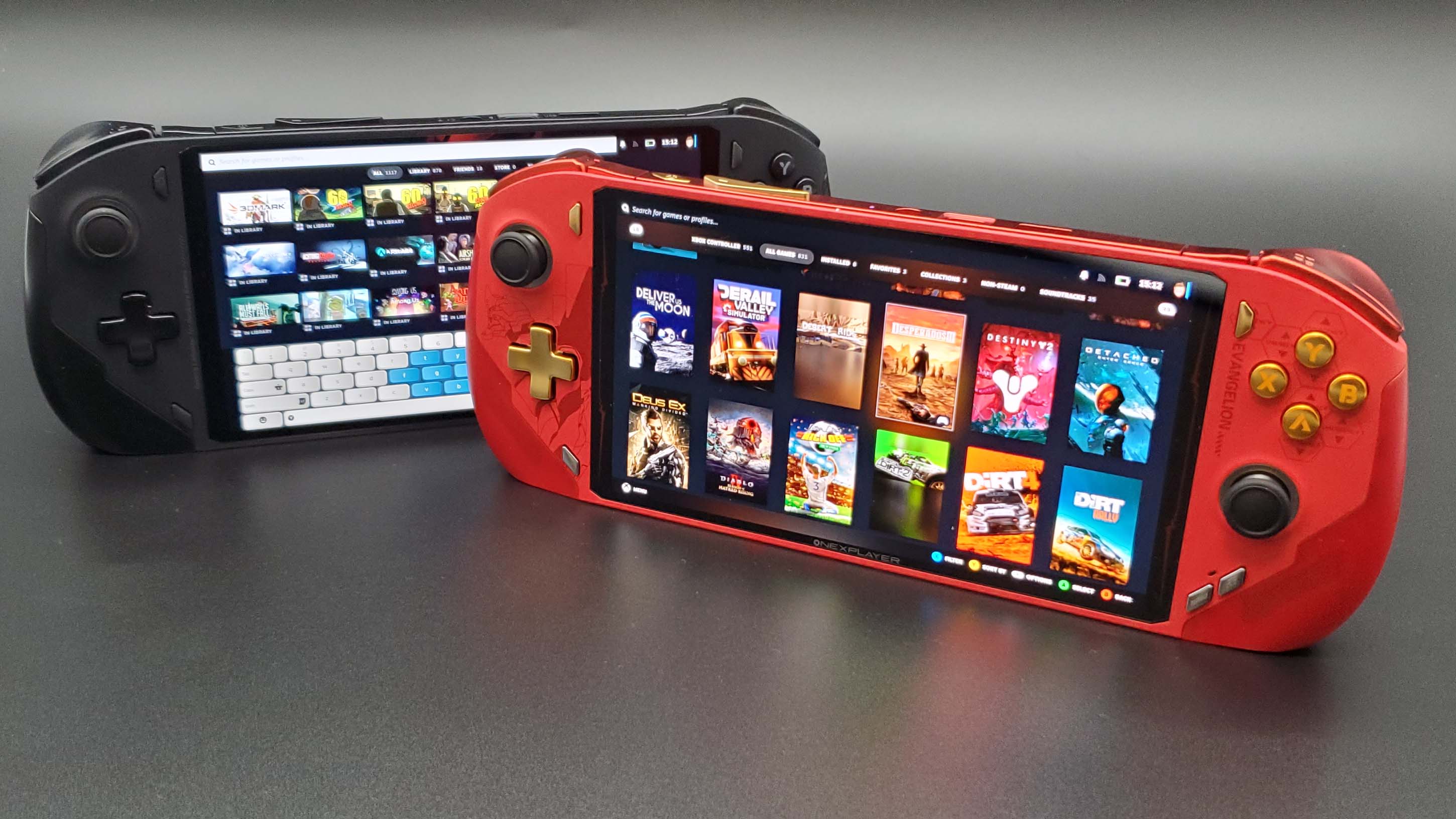
(Image credit: Future)
The OLED version of the Steam Deck is $150 more than the LCD Steam Deck but the former device has double the storage, making their price point more similar than you may think. For the enthusiast level nearly $1,000 handhelds, I certainly understand why companies haven't tacked on an OLED to not bump up to above $1,000. But the Legion Go S with its Z2 Go processor feels like the perfect chance for that screen.
The Switch OLED, in turn, is only $50 more than the Nintendo Switch. A handful of devices hold a secret weapon in their screens and I can't wait for more devices to catch up.
I can always hope Microsoft's upcoming handheld has an OLED screen. If everything is an Xbox, at least give it a great panel.
From PCGamer latest via this RSS feed
As major US tariffs are starting to disrupt manufacturers, Samsung managed to get a small boon as customers bought its memory and phones for fear of tariffs bringing prices up.
According to a report by Reuters, Samsung made an estimated operating profit of 6.6 trillion won ($4.47 billion) for the January to March period this year, which is 1.5 trillion ($1 billion) more than the 5.1 trillion ($3.4 billion) estimated by the London Stock Exchange Group. This figure is slightly smaller than the same period last year but higher than what Samsung made in the previous quarter.
Hyundai Motor Securities head of research, Greg Roh, stated that, despite memory prices going down, "strong demand from customers looking to secure inventory ahead of potential U.S. tariffs helped boost Samsung’s memory chip shipments".
This could signal a difference in manufacturing approach for some of Samsung's clients due to an uncertain future of stock and pricing. Many companies work under the Just-in-time manufacturing strategy, where inventory is only acquired as needed, to reduce waste and avoid major stockpiles. This new surge in demand suggests that manufacturers buying off Samsung will be effectively hoarding memory to work in future devices.
Samsung seems to have benefitted heavily from the notion of tariffs, given they were sold in the January to March period but all is up in the air as countries react to the constant stream of information around tariffs right now.
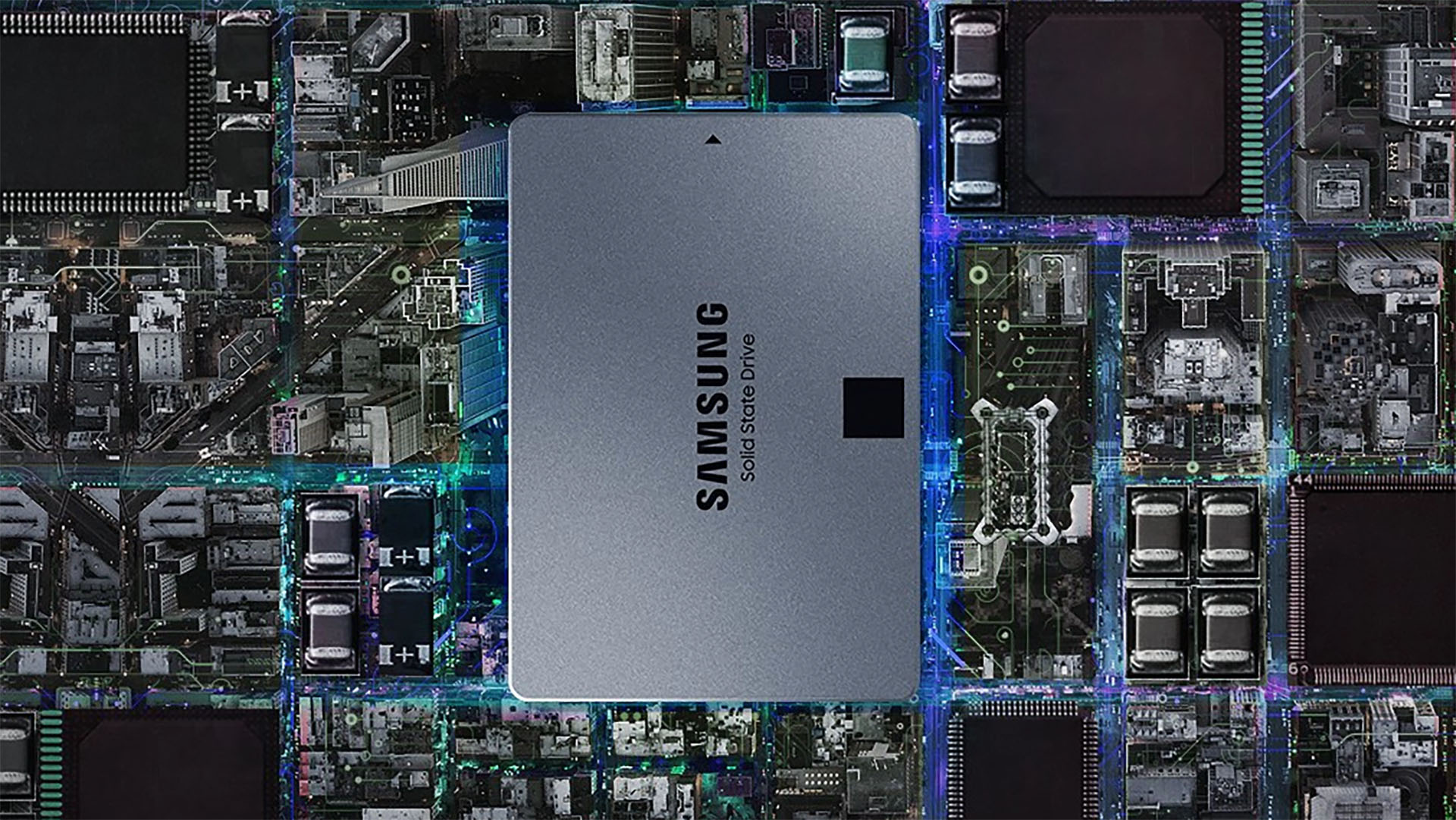
(Image credit: Samsung)
According to Reuters, analysts reckon "shipments are likely to decline in the second quarter."
US President Donald Trump put a blanket 10% tariff on all countries on April 5th but has since raised it up to 32% for Vietnam, China and Taiwan. Trump has further threatened to raise the tariffs on China up to 50%, in response to China's retaliatory tariffs.
Samsung centres its manufacturing out of a handful of countries, including Vietnam, South Korea, and India, all of which will see the effects of tariffs. Tariffs tend to hit consumers as distributors tack on that extra fee to sold goods. Raising the price of goods without raising the profit margin is a bad result for a company as higher prices result in less demand, without the benefit of better relative profits to counteract it. This explains why some companies are buying ahead of time.
Moar RAM
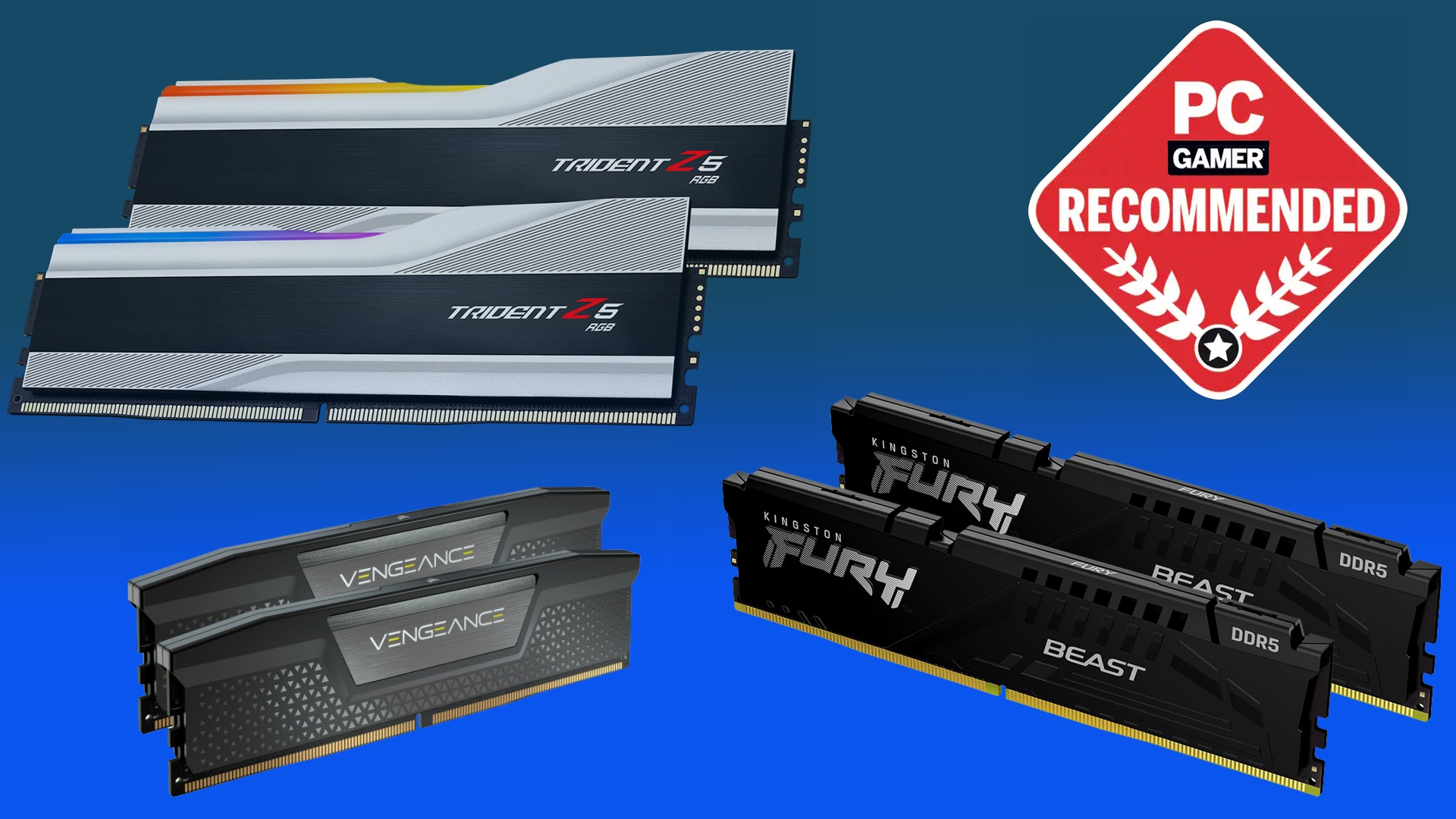
(Image credit: Future)
Best RAM for gaming: the latest and greatest
Also in response to Trump's tariffs, Nintendo Switch 2 preorders were recently held back in America. Nintendo is likely reassessing how much it charges for consoles, as it will have to honour any preorders made at the price it initially sells them for.
The same is true of Framework, which just announced the cheaper versions of its 13-inch modular laptop would no longer be available for purchase as it would have to sell them at a loss to keep its price point. Phone sales have also risen for Samsung in the January to March period with preemptive sales for the Samsung Galaxy S25 going up ahead of tariffs.
Laptops and phones may just be the tip of a veritable iceberg of tech goods price bumps, so we'll just have to wait and see what else gets hit by the tariffs.
From PCGamer latest via this RSS feed
Sabrina Carpenter has debuted in Fortnite as part of Season 8 in Fortnite Festival, so if you've been looking for a new skin to shake up your wardrobe, then now's your chance at getting something glamorous. Sabrina's skins and styles will be available for the entire season, which will come to a close on June 1, 2025, giving you plenty of time to unlock her or at least save up your V-Bucks to do so.
There are two different Sabrina Carpenter skins up for grabs this season, with four different outfits on the cards, and luckily they're pretty straightforward to unlock given you've got the virtual cash. You won't need to complete any quests or missions to do so, and they'll be available all season long. Here's what you need to do to get this pop princess in your game.
How to unlock Sabrina Carpenter in Fortnite through the Music Pass
The fastest way to unlock Sabrina Carpenter is by buying the season's Music Pass for 1,400 V-Bucks. Or, if you're already subscribed to Fortnite Crew, you'll automatically unlock this season's pass. Unlocking Sabrina this way will give you the yellow babydoll dress style. But, you'll also get to unlock a yellow bodysuit variant further down the pass if you're a dedicated player, as well as a multitude of other awards that justify the price.
More Sabrina Carpenter rewards are available through the Music Pass, which might make it seem more appealing and worthwhile than just buying the skin outright. Throughout the season, you'll be able to unlock "Juno" and "Nonsense" jam tracks alongside two guitars, an emote, and a banner icon all themed around Sabrina Carpenter.
How to unlock Sabrina Carpenter in Fortnite through the in-game shop
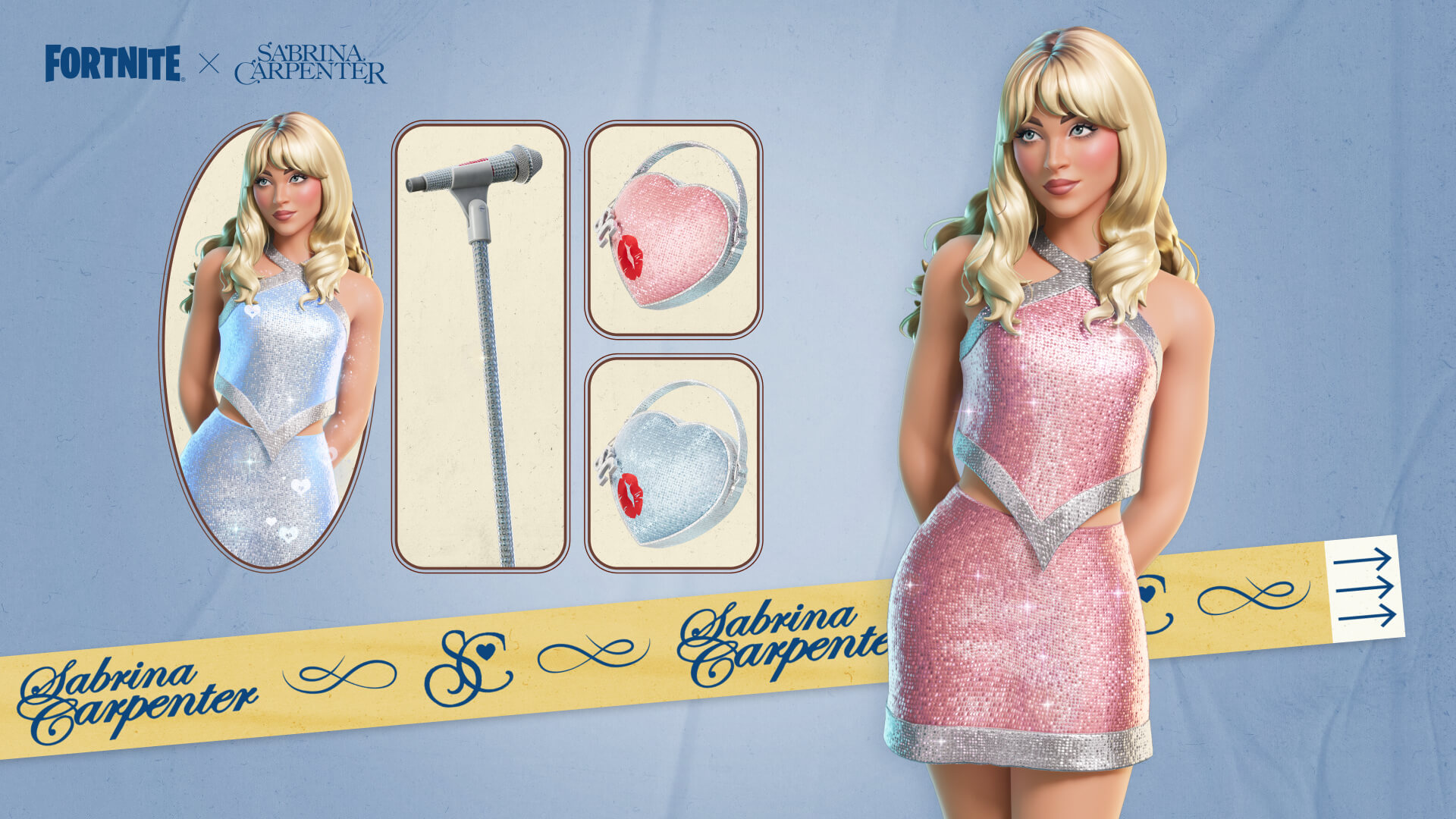
(Image credit: Epic Games)
If you'd rather not put in the extra work or commit to a Music Pass, you can also buy a Sabrina Carpenter skin from the item shop. This will be available throughout the season, which concludes on June 1, 2025. If you buy the Tour-Ready skin on its own, it'll cost you 1,500 V-Bucks. But, you can also buy "A Sweet Little Bundle" bundle for 2,800 V-Bucks, which seems a little more worthwhile. The bundle includes the following items:
Tour-Ready Sabrina Carpenter styleSC heart purse back blingPlease Please Please emoteTaste emoteCute cutout contrailSabrina's MicPlease Please Please jam track
The Tour-Ready style also comes in two colors, pastel pink and baby blue, which you'll unlock automatically once you've purchased either the bundle or the skin on its own. A Lego version of the skin is also automatically unlocked once you've made a purchase.
From PCGamer latest via this RSS feed
Once you've hired employees to handle the day-to-day running of your drug empire in Schedule 1, you'll soon end up with lots of equipment you don't need anymore. Added in version 0.3.4, you can now use the new pawn shop to sell old items.
Before the fancy new pawn shop, you'd just have to drop items, permanently removing them to free up some inventory space. Being able to turn your unwanted items into cash instead is a nice improvement.
How to find and use the pawn shop in Schedule 1
Image 1 of 3
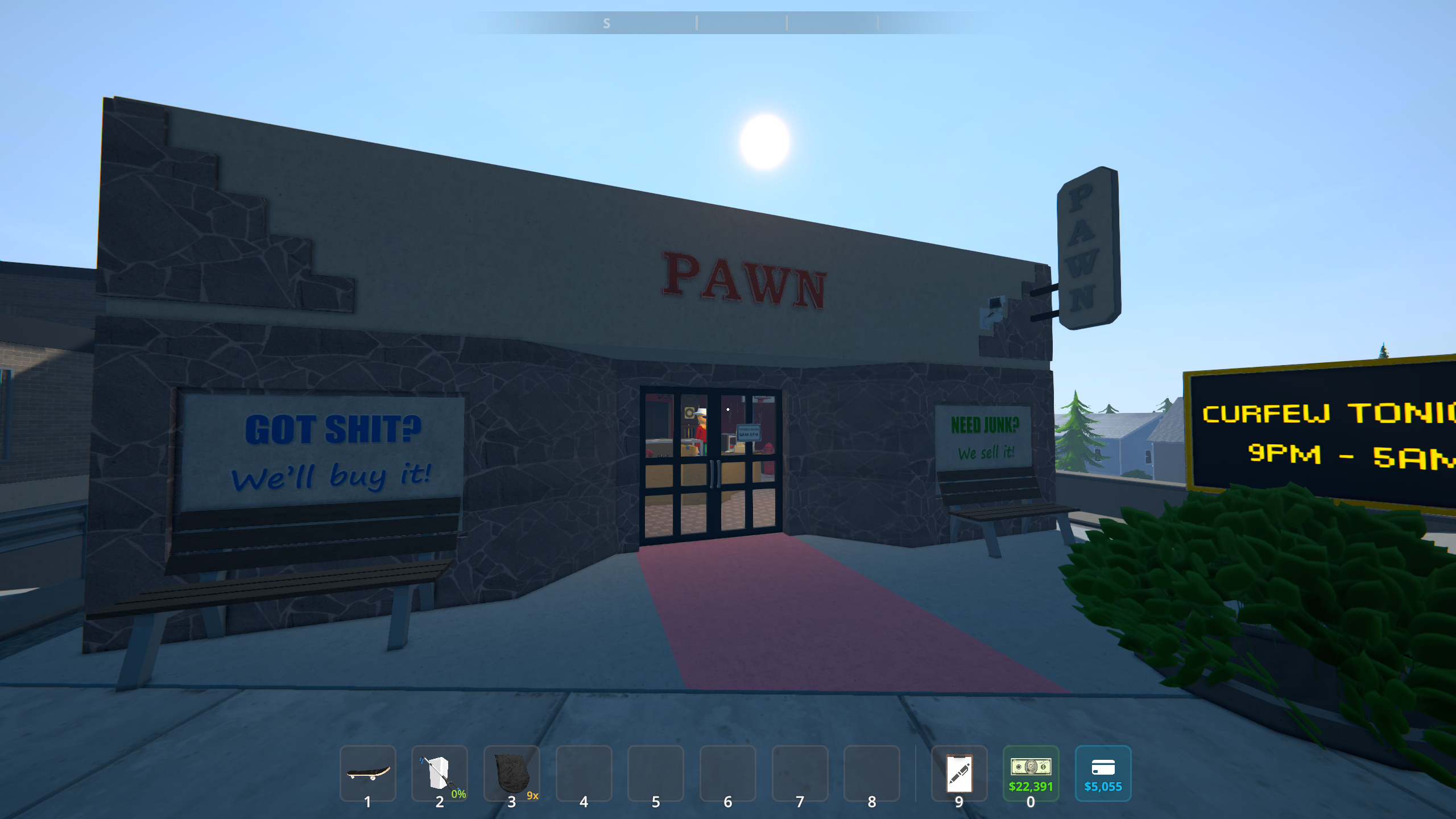
(Image credit: TVGS)Image 2 of 3
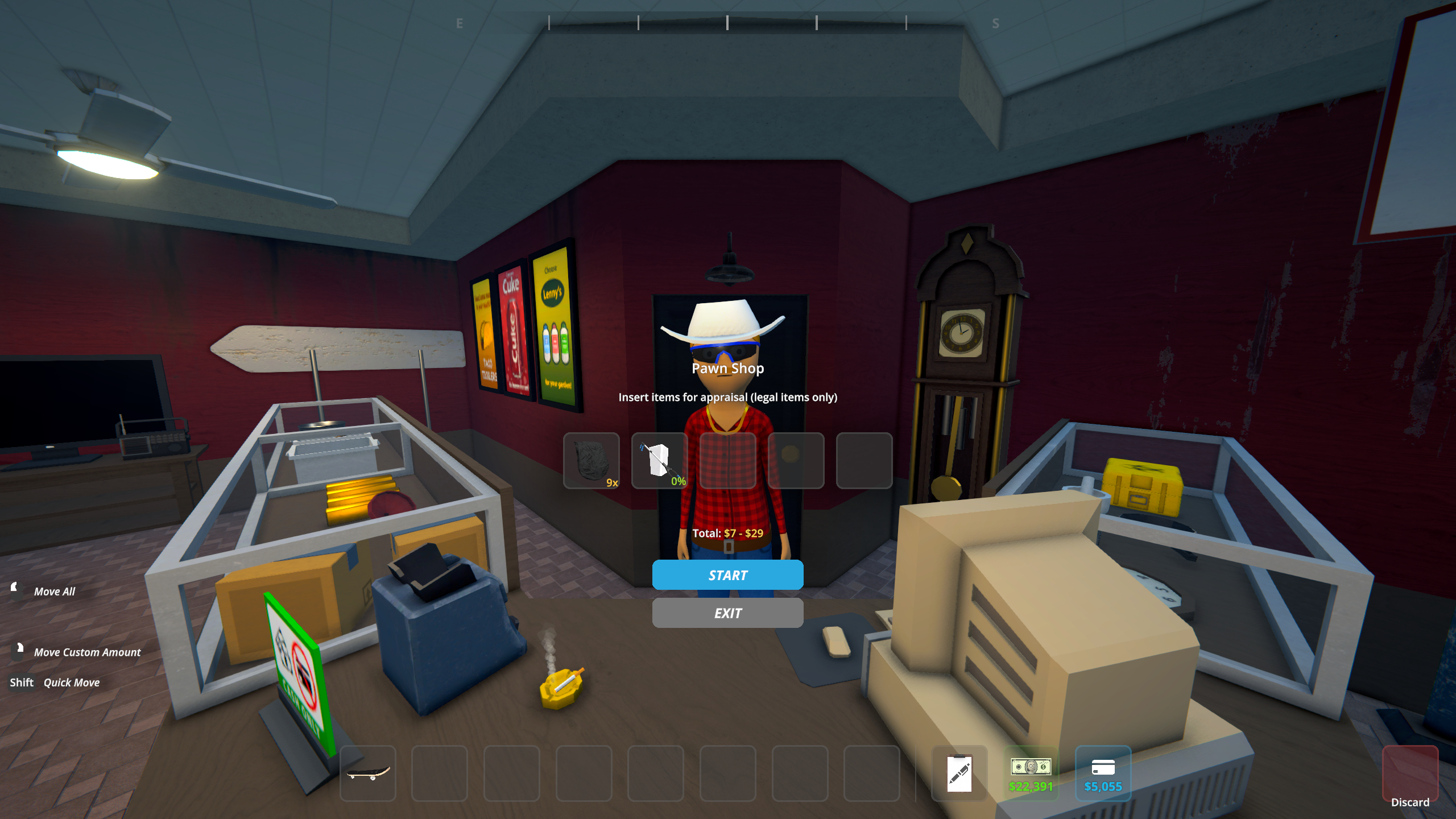
(Image credit: TVGS)Image 3 of 3
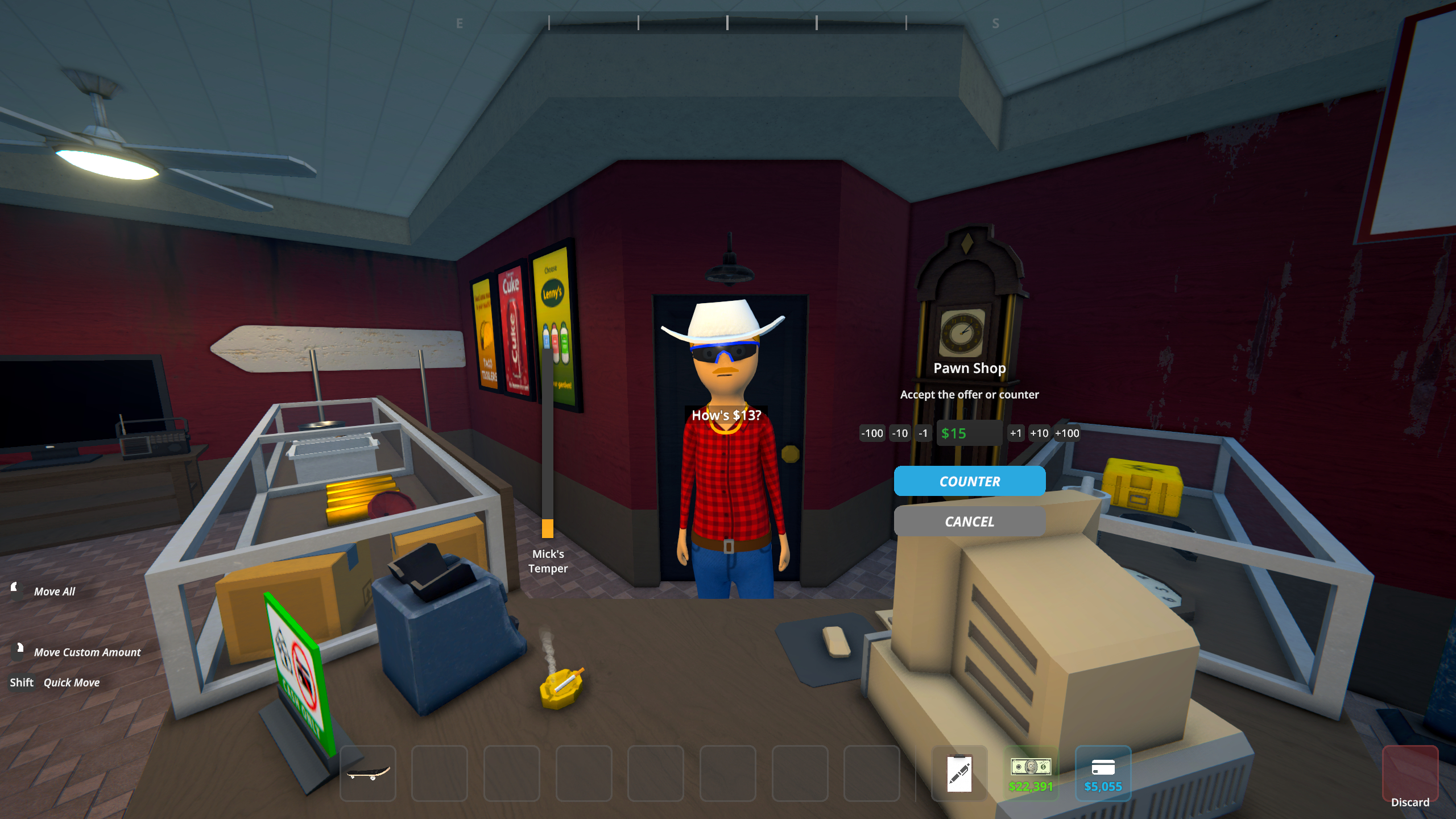
(Image credit: TVGS)
The pawn shop is located next to the warehouse near the motel and bridge leading into Westville. It has a massive "pawn" sign above the door, so it's hard to miss. You can take any items here, excluding drugs, and sell them in return for cash. You can sell a maximum of five different items at a time, and they'll be appraised by Mick, where you can then haggle the asking price.
It's not very complex, but if you bump up the price too much, you'll annoy Mick. Test his patience too many times, and the sale will fall through. Generally, Mick isn't very generous, so be careful when asking for too much more than his offer.
Since Mick won't accept any product you make (that's still best left to your dealers), the pawn shop is perfect for getting rid of unwanted equipment that you'd otherwise throw away. Got some random bin bags lying around? Sell them. Got an old mixer? Turn it into cash and treat yourself to the mixer MK.II. Don't forget, you'll still need to use an ATM or start money laundering at one of your properties to spend this cash at any legitimate business.

Best Schedule 1 mixing recipes: Make more moneyBest Schedule 1 bungalow setup: Big leaguesSchedule 1 dealers: Best customers and stockSchedule 1 pseudo: How to use this ingredientSchedule 1 change clothes: Get a fresh fitSchedule 1 management clipboard: New hires
From PCGamer latest via this RSS feed
So, you've maxed out your deposit limit and have suddenly found out you have no obvious way to bank your cash—and no reputable business takes cash. This is where Schedule 1's money laundering system comes into play, letting you go beyond the stingy $10,000 per week ATM deposit limit.
If you're anything like me, you avoided spending money on your business for far too long, prioritising quick upgrades to new equipment and buildings. Well, nothing stops the expansion of your drug empire faster than having no usable income. Heed my advice: deposit a few thousand dollars each week so that you can afford services from legitimate businesses when you need them most.
How to launder money in Schedule 1
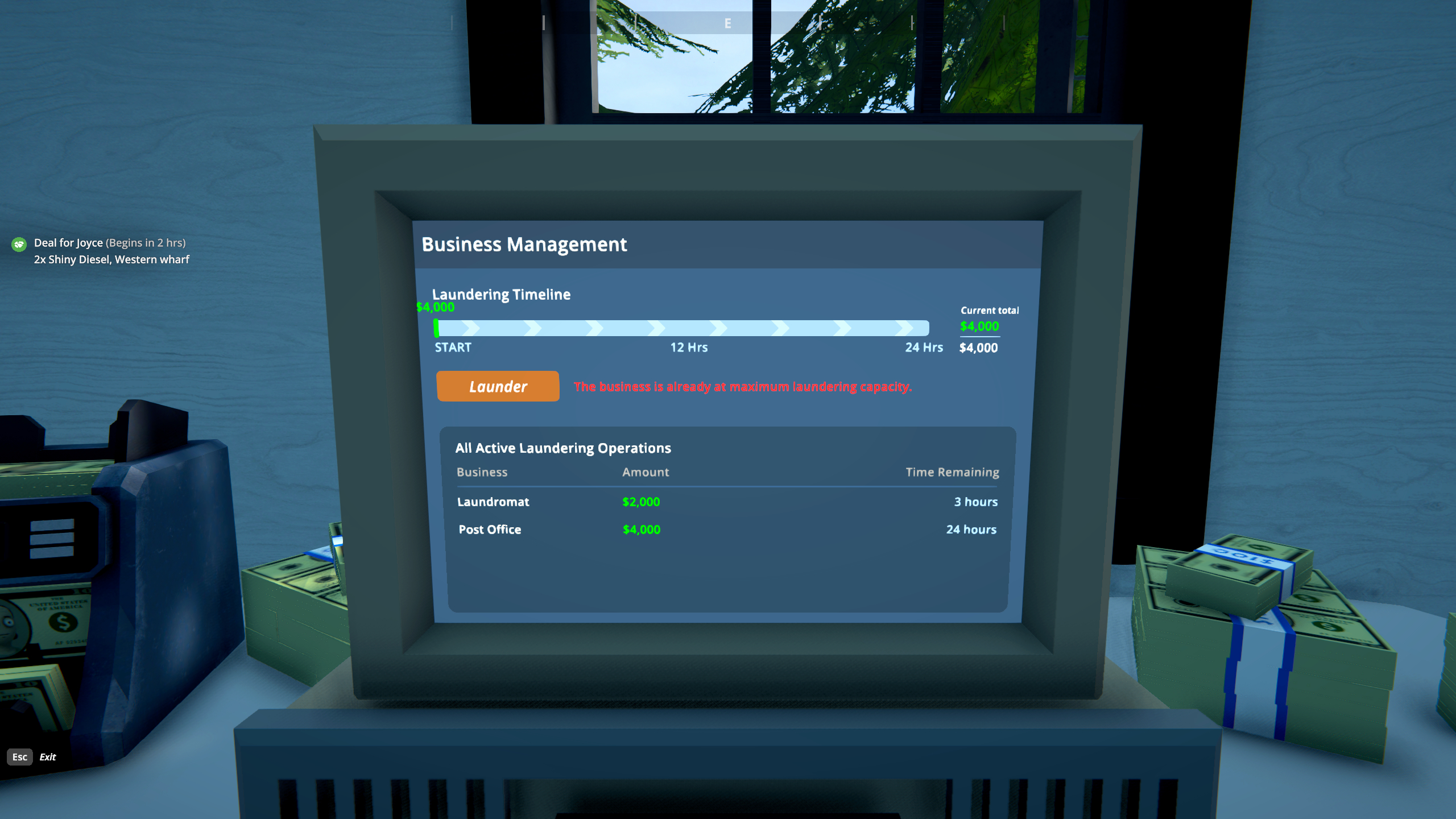
(Image credit: TVGS)
To launder money, you need to buy a business from Ray's Realty. Inside each of these buildings, you can deposit a large quantity of dollars into your bank account using the desk in the backroom. This money takes 24 hours (in-game time, don't worry) to arrive in your online account, no matter how much you choose to deposit.
All you have to do is buy the business and head inside to find the business management desk. Here, you can click the "launder" button to select how much money you'd like to deposit, and away it goes. You can track all your active laundering operations from this screen, which is handy because once you've finished a transaction, you'll need to head back to the shop to launder more.
There are four businesses for sale. The more expensive the business, the more money you can launder each day. For example, the laundromat, which costs $4,000, lets you deposit a maximum of $2,000 per day. The post office costs $10,000 and lets you deposit $4,000.
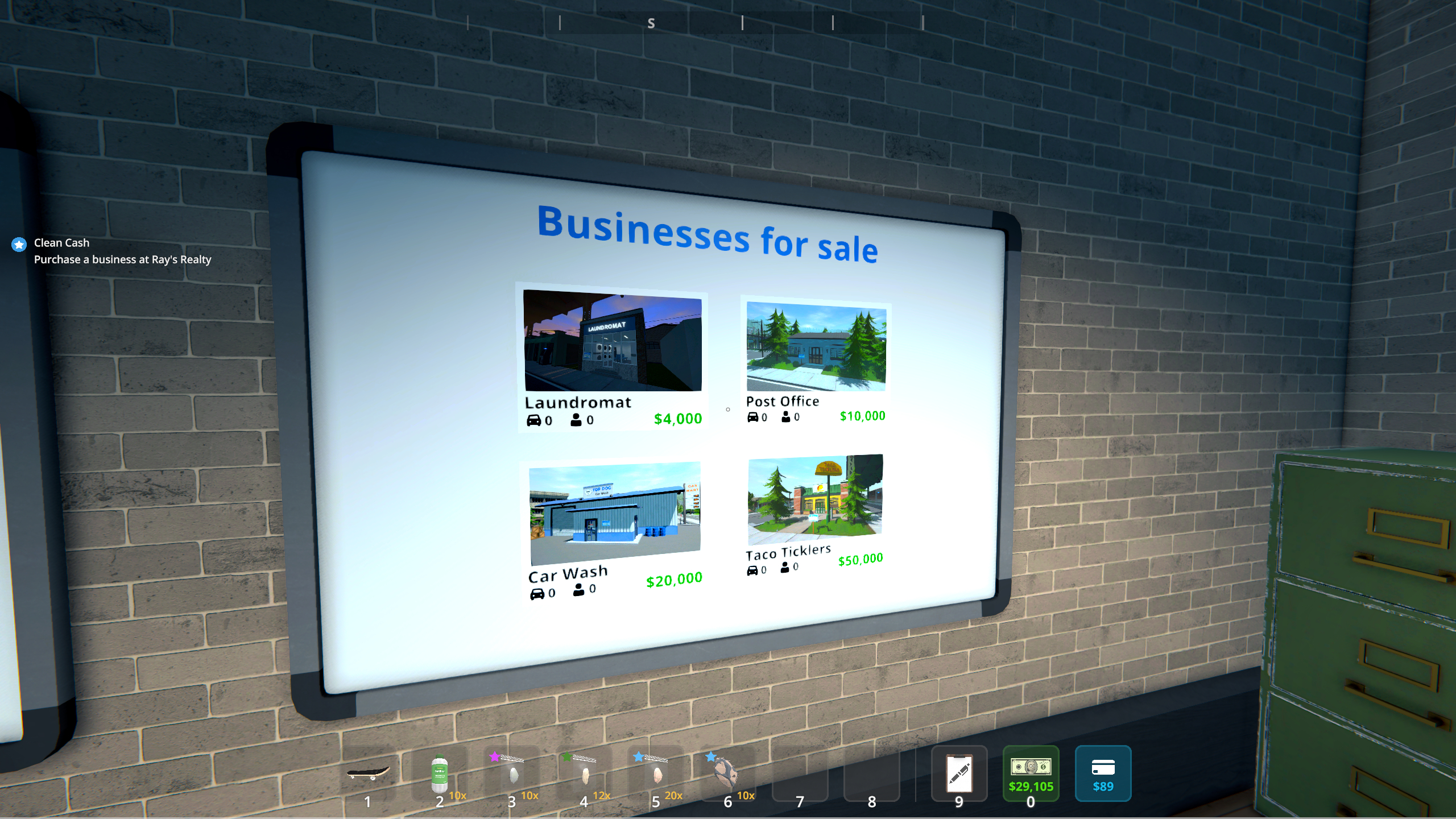
(Image credit: TVGS)
At the start, you'll only need a few hundred bucks in your online account for things like soil and mixing ingredients. As you progress, you'll need more and more money in your online account to buy new buildings that let you expand your operation.
I ran headfirst into this exact issue when trying to buy the barn, having saved up the $25,000 necessary, only to remember that I needed it in my online account. That's either three in-game weeks of waiting or just a few days of money laundering.

Best Schedule 1 mixing recipes: Make more moneyBest Schedule 1 bungalow setup: Big leaguesSchedule 1 dealers: Best customers and stockSchedule 1 pseudo: How to use this ingredientSchedule 1 change clothes: Get a fresh fitSchedule 1 management clipboard: New hires
From PCGamer latest via this RSS feed
Christopher Perkins, a senior D&D designer (and, recently, creative director) has retired from Wizards of the Coast after 28 years at the company—as announced on his Bluesky profile late last week:
"Today I retire from Wizards after 28 years," Perkins writes. "With D&D’s 50th anniversary wrapping up and the revised rulebooks doing gangbusters, this is the perfect fairytale ending for me. I can’t wait to enjoy D&D purely as a fan again, knowing the game’s in good hands. See you in the Feywild!"
To underscore something: While you might've seen my name on an opinion piece that's been very harsh on D&D's last 10 years doing the rounds, I still think Perkins is leaving a damn fine career behind him on the whole.
The designer started working for Wizards of the Coast in 1997—the same year it bought D&D—and has had a strong hand in shaping it into the system that has, for all my grumblings, dominated the TTRPG space for over two decades. Before that, he was writing adventures for Dungeon Magazine in the '80s, under the pen name "Christopher Zarathustra", which is about as old school as you can get.
He'd eventually go on to become the senior producer for D&D, and while he was a story producer on the game's much-maligned 4th edition (which I generally think gets a bit of a bad rap—skill challenges are solid, and a lot of systems I like, such as LANCER, have been inspired by it) he's also responsible for some of the game's best modules and settings.
He was the lead story designer on Curse of Strahd, for example—which, next to the Forgotten Realms setting, is perhaps one of the most iconic 5e modules. As someone allergic to modules myself, even I've played it, and I had a great time. Mostly because my rogue got to be the one to swing the Sunsword, though the titular Strahd has an excellent legacy as one of D&D's great villains thanks to his authorship.
Perkins has also had a solid presence in actual play, too. He's been the Dungeon Master for Acquisitions Incorporated—a set of popular games run at the Penny Arcade Expo—but he's also DM'd Dice, Camera, Action, and has guest-starred in shows like Critical Role. I distinctly remember him playing a pitch-perfect kobold named Spurt who threw a jar of bees at a fire giant, screamed "I win", and then got flattened into a fine paste.
Make no mistake, Wizards of the Coast is losing a huge industry talent in Perkins—though I don't think his departure has anything to do with the direction the system's taking, mind. While I might have my own issues with that, the man is 57 years old.
It's best not to speculate—and who knows, maybe some fresher minds will be a good thing for the system on the whole. Given the 2024 ruleset's only just fully arrived, though, it might be a while yet before we see what a D&D without Perkins' guiding hand looks like.
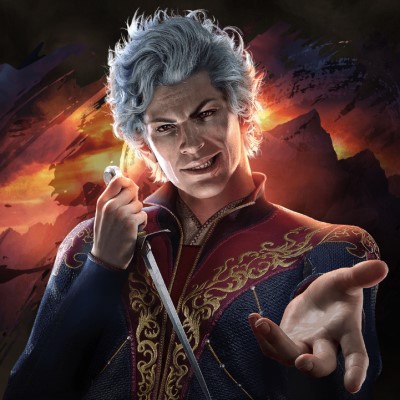
Baldur's Gate 3 romance: Who to pursueBaldur's Gate 3 multiplayer: How co-op worksBaldur's Gate 3 endings: For better or worseBaldur's Gate 3 multiclass builds: Coolest combosBest RPGs: The greatest you can play now
From PCGamer latest via this RSS feed
After Hatsune Miku's reign as Fortnite Festival's icon during Season 7, a new heir must take the throne. For Season 8, that would be Sabrina Carpenter. After a very obvious teaser was shared on the official Fortnite social media pages, it wasn't hard to guess that the pop star would be the next mascot for the rhythm game, but now it's been revealed can we take a moment to appreciate how scarily accurate her character model is?
The Season 8 music pass features "Please Please Please", "Taste," "Nonsense" and "Juno" jam tracks for you to unlock while you make your way through, and if you're particularly committed to it, you'll even unlock more outfits for the skin. The store will even see the return of "Espresso" and "Feather" jam tracks, so frankly there is more than enough music here for you to sink your teeth into.
As always, the Music Pass for this season will set you back 1,400 V-Bucks if you're not a part of Fortnite Crew, but you'll immediately unlock the yellow babydoll dress skin for the character when you purchase the pass, with a bodysuit variation sitting at the end of the pass. This skin also comes with a Lego version.
A "tour ready" set will also be available through the Fortnite shop during the season, which is modeled after one of the more iconic outfits Carpenter wore during her recent Short N' Sweet tour. This is available in pink initially, with a baby blue alternative style. Additionally, the following items and tracks will be available for purchase in the Fortnite Shop during the season:
SC Heart Purse Back BlingCute Cutout ContrailSabrina's Mic
A change to emotes is also rolling out as part of Season 8. Any emote involving dancing that allows another player to join in, whether or not they have the emote themselves, has now been labeled as a Dance Emote. In addition, two new emotes have also been added as part of the season, featuring choreography for and snippets of Carpenter’s Please Please Please and Taste.
I'll be honest, I thought Chappell Roan would be the next pop icon to be added to the game, especially given how she practically begged Epic Games to give her a skin. But hey ho, I'm not mad about Sabrina. There's a whole world of pop stars out there that I'm sure would be thrilled to be Fortnite-ified and sent out in the Battle Bus. With that said, there's no use in me placing my bets as to who's next as these collaborations just keep getting more unpredictable, but at least Fortnite never fails to surprise.
From PCGamer latest via this RSS feed
When Sony's masterpiece The Last of Us Part 1 appeared on the humble PC two years ago, I hoped it would become a watershed moment in the history of console ports. Well, it was, but for all the wrong reasons—buggy and unstable, it hogged your CPU and GPU like nothing else, and most controversially of all, it tried to eat up way more VRAM than your graphics card has. It's fair to say that TLOU1's watershed moment cemented the whole '8 GB of VRAM isn't enough' debate.
Most of those issues were eventually resolved via a series of patches, but like so many big-budget, mega-graphics games, if you fire it up at 4K on Ultra settings, the game will happily let you use more VRAM than you actually have. The TLOU1 screenshot below is from a test rig using an RTX 3060 Ti, with 8 GB of memory, showing the built-in performance HUD; I've confirmed that RAM usage figure with other tools and the game is indeed trying to use around 10 GB of VRAM.

(Image credit: Sony Interactive Entertainment)
So when I began testing The Last of Us Part 2 Remastered a couple of weeks ago, the first thing I monitored after progressing through enough of the game was the amount of graphics memory it was trying to allocate and actually use. To do this, I used Microsoft's PIX on Windows, a tool for developers that lets them analyse in huge detail exactly what's going on underneath their game's hood, in terms of threads, resources, and performance.
To my surprise, I discovered two things: (1) TLOU2 doesn't over-eat VRAM like Part 1 did and (2) the game almost always uses 80% to 90% of the GPU's memory, irrespective of what resolution and graphics settings are being used. You might find that a little hard to believe but here's some evidence for you:
The screenshots below of PIX show the amount of GPU local and non-local memory being used in TLOU2, in a CyberPowerPC Ryzen 7 9800X3D rig, using an RTX 5080 and RTX 3060 Ti graphics card. The former has 16 GB of VRAM, whereas the latter has 8 GB of VRAM. In both cases, I ran the game at 4K using maximum quality settings (i.e. the Very High preset, along with 16x anisotropic filtering and the highest field of view), along with DLAA and frame generation enabled (DLSS for the 5080, FSR for the 3060 Ti).
Image 1 of 2

(Image credit: Microsoft)Image 2 of 2
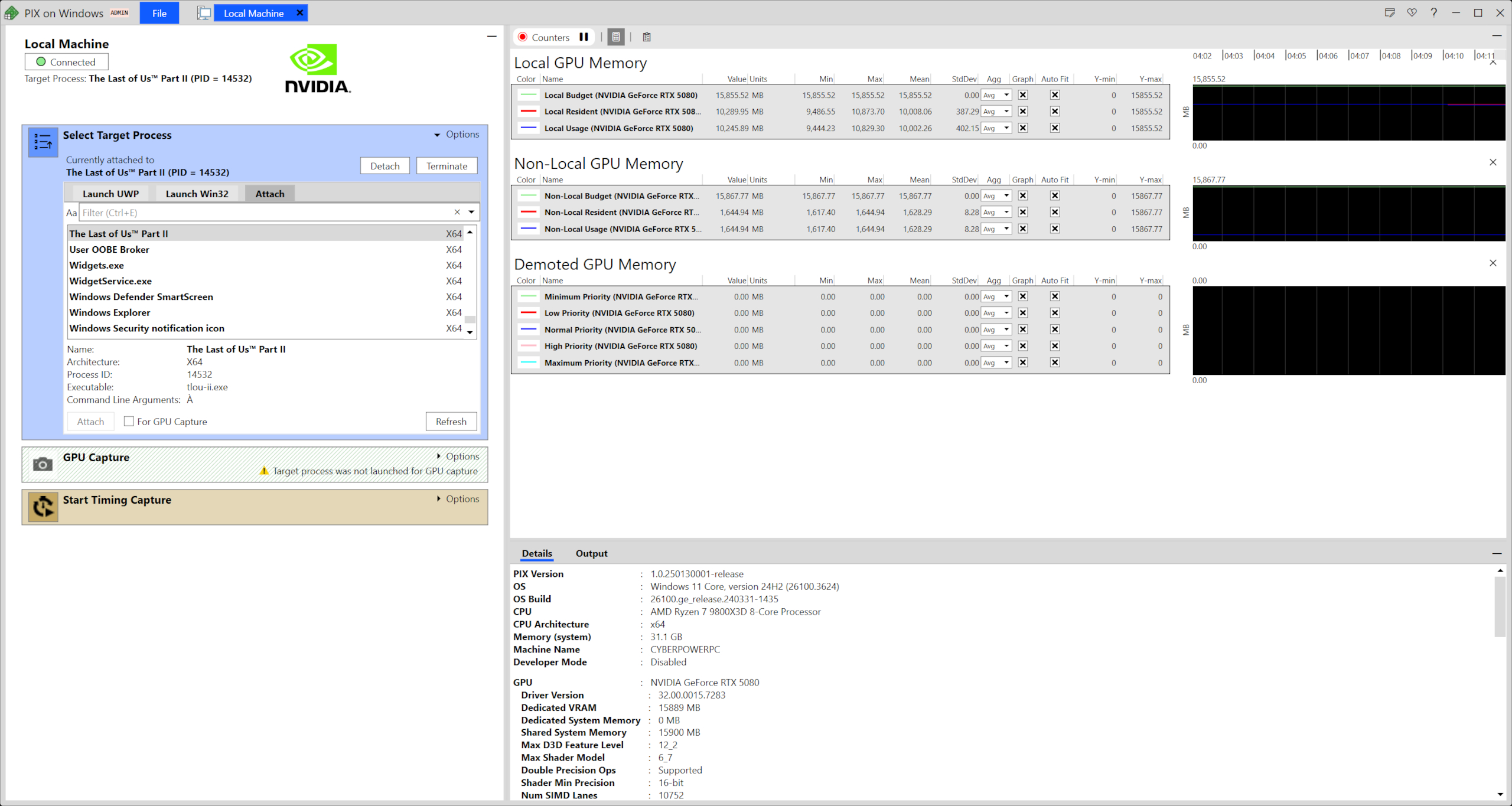
(Image credit: Microsoft)
Note that in both cases, the amount of local memory being used doesn't exceed the actual amount of RAM on each card—even though they're both running with the same graphics settings applied. Of course, that's how any game should handle memory but after the TLOU1 debacle, it was good to see it all resolved for Part 2.
If you look carefully at the PIX screenshots, you'll notice that the RTX 3060 Ti uses more non-local memory than the RTX 5080, specifically 4.25 GB versus 1.59 GB. Non-local, in this instance, refers to the system memory and what's using that chunk of RAM for the GPU is the game's asset streaming system. Since the 3060 Ti only has 8 GB of VRAM, the streaming buffer needs to be larger than that for the RTX 5080.
During the gameplay loop I carried out to collate this information, the RTX 5080 averaged 9.77 GB of local memory usage and 1.59 GB of non-local usage, for a total of 11.36 GB. In the case of the RTX 3060 Ti, the figures were 6.81 and 4.25 GB respectively, with that totalling 11.06 GB.
Why aren't they exactly the same? Well, the 3060 Ti was using FSR frame generation, whereas the 5080 was running DLSS frame gen, so the few hundred MB of memory usage between the two cards can be partially explained by this. The other possible reason for the difference is that the gameplay loops weren't identical, so for the recording, the two setups weren't pooling exactly the same assets.
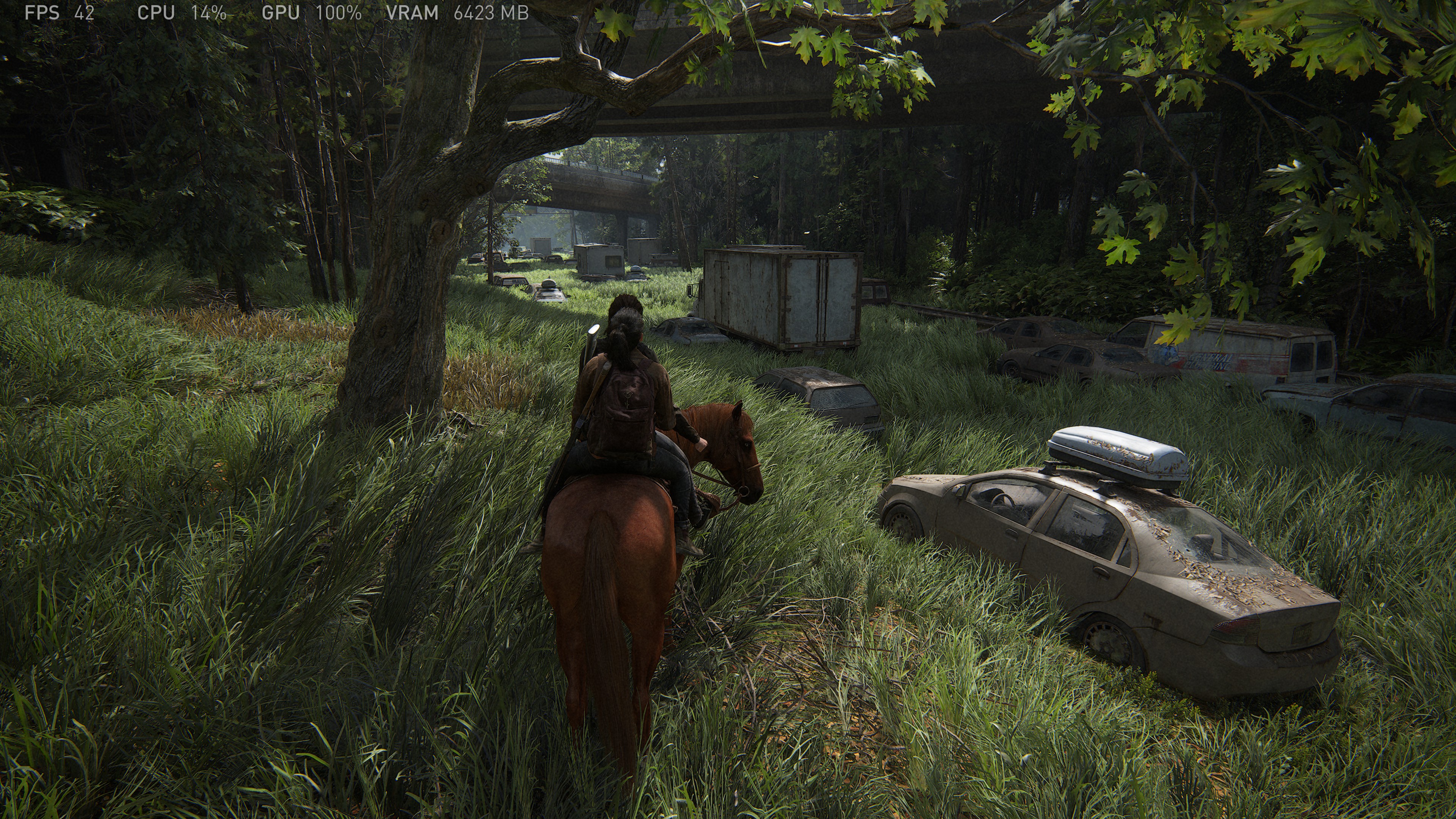
TLOU2 at 4K Very High, with DLAA and frame gen enabled (Image credit: Sony Interactive Entertainment)
Not that it really matters, as the point I'm making is that TLOU2 is an example of a game that's correctly handling VRAM by not trying to load up the GPU's memory with more assets than it can possibly handle. It's what all big AAA mega-graphics games should be doing and the obvious question to ask here, is why aren't they?
Well, another aspect of TLOU2 I monitored might explain why: the scale of the CPU workload. One of the test rigs I used in my performance analysis of The Last of Us Part 2 Remastered was an old Core i7 9700K with a Radeon RX 5700 XT. Intel's old Coffee Lake Refresh CPU is an eight-core, eight-thread design, and no matter the settings I used, TLOU2 had the CPU core utilization pinned at 100% across all cores, all the time.
Even the Ryzen 7 9800X3D in the CyberPowerPC test rig was heavily loaded up, with its sixteen logical cores (i.e. eight physical cores handling two threads) being utilized heavily—not to the same extent as the 9700K but far more than any game I've tested of late.
TLOU2 generates a lot of threads to manage various tasks in parallel, such as issuing graphics commands and compiling shaders, but there are at least eight threads that are dedicated to DirectStorage tasks. At this point, I hasten to add that all modern games generate way more threads than you ever normally notice, so there's nothing especially noteworthy about the number that TLOU2 is using for DirectStorage.
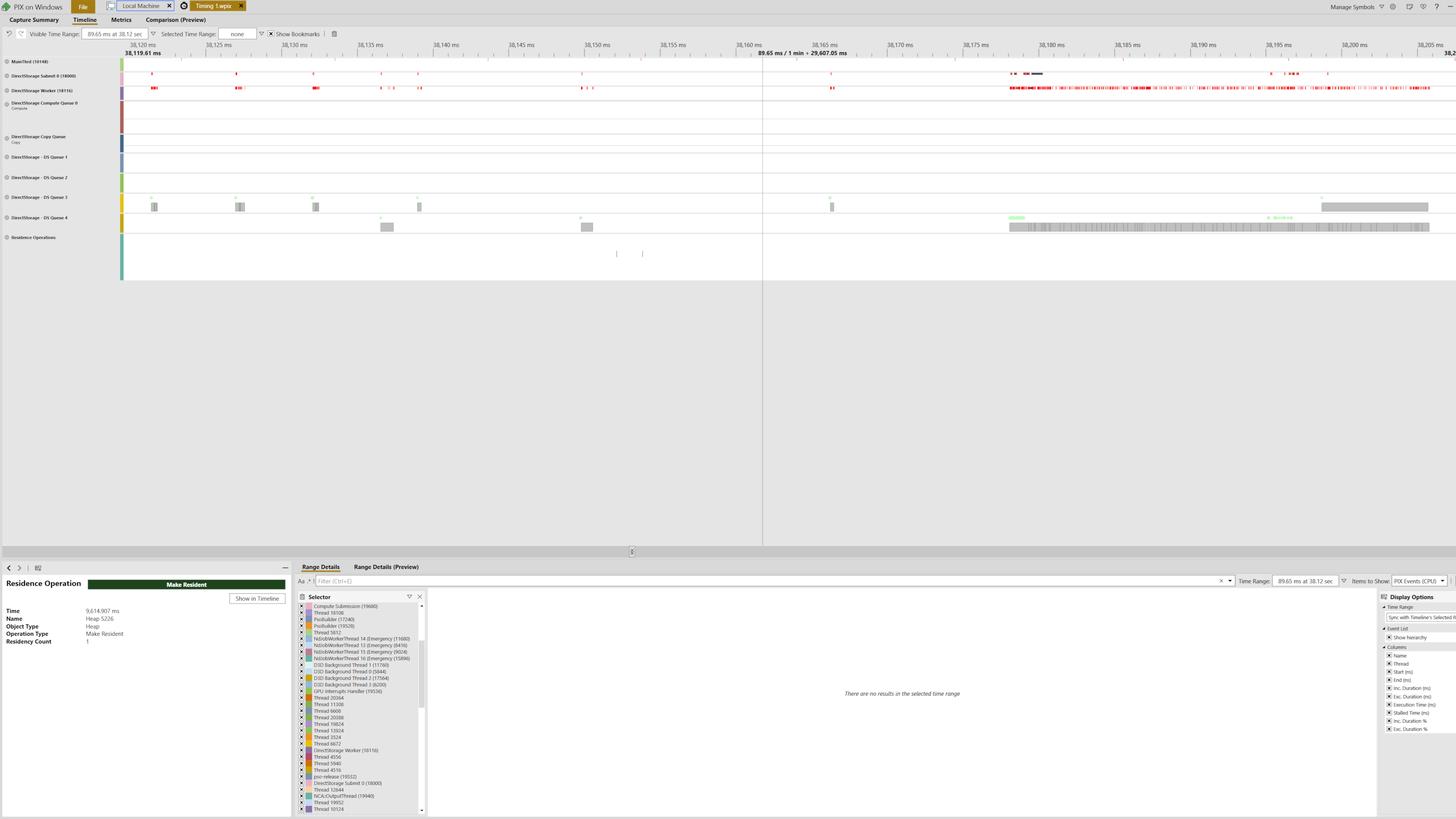
(Image credit: Microsoft)
The above PIX screenshot shows these particular threads across 80 milliseconds worth of rendering (basically a handful of frames) and while many of the threads are idle in this period, two DirectStorage queues and the DirectStorage submit threads are relatively busy pulling up assets (or possibly 'sending them back' as so to speak).
Given that it's not possible to disable the use of DirectStorage and the background shader compilation in TLOU2, it's hard to tell just how much these workloads contribute to the heavy demand of the CPU's time but I suspect that none of it is trivial.
...while it's not a flawless technique, it does a pretty damn good job of getting around any VRAM limitations
However, I recognise the biggest programming challenge is just making all of this work smoothly and correctly synchronise with the primary threads, and that's possibly why most big game developers leave it to the end user to worry about VRAM usage rather than creating an asset management system like TLOU2's.
The Last of Us Part 1, like so many other games, includes a VRAM usage indicator in the graphics menu for its games and this is relatively easy to implement, although making it 100% accurate is harder than you might think.
At the risk of this coming across as a flamebait, let us consider for a moment whether TLOU's asset management system is a definite answer to the '8 GB of VRAM isn't enough' argument. In some ways, 8 GB is enough memory because I didn't run into it being a limit in TLOU2 (and I've tested a lot of different areas, settings, and PC configurations to confirm this).

It's not 8 GB of VRAM that holds back the 3060 Ti in TLOU2 (Image credit: Nvidia)
Just as in The Last of Us Part 2, any game doing the same thing will also need to stream more assets across the PCIe bus on an 8 GB graphics card compared to a 12 or 16 GB one, but if that's handled properly, it shouldn't affect performance to any noticeable degree. The relatively low performance of the RTX 3060 Ti at 4K Very High has nothing to do with the amount of RAM but instead the number of shaders, TMUs, ROPs, and memory bandwidth.
If you've read this far, you may be heading towards the Comments section to fling various YouTube links my way showing TLOU2 stuttering or running into other performance problems on graphics cards with 8 or less GB of VRAM. I'm certainly not going to say that those analysis pieces are all wrong and I'm the only one who's right.
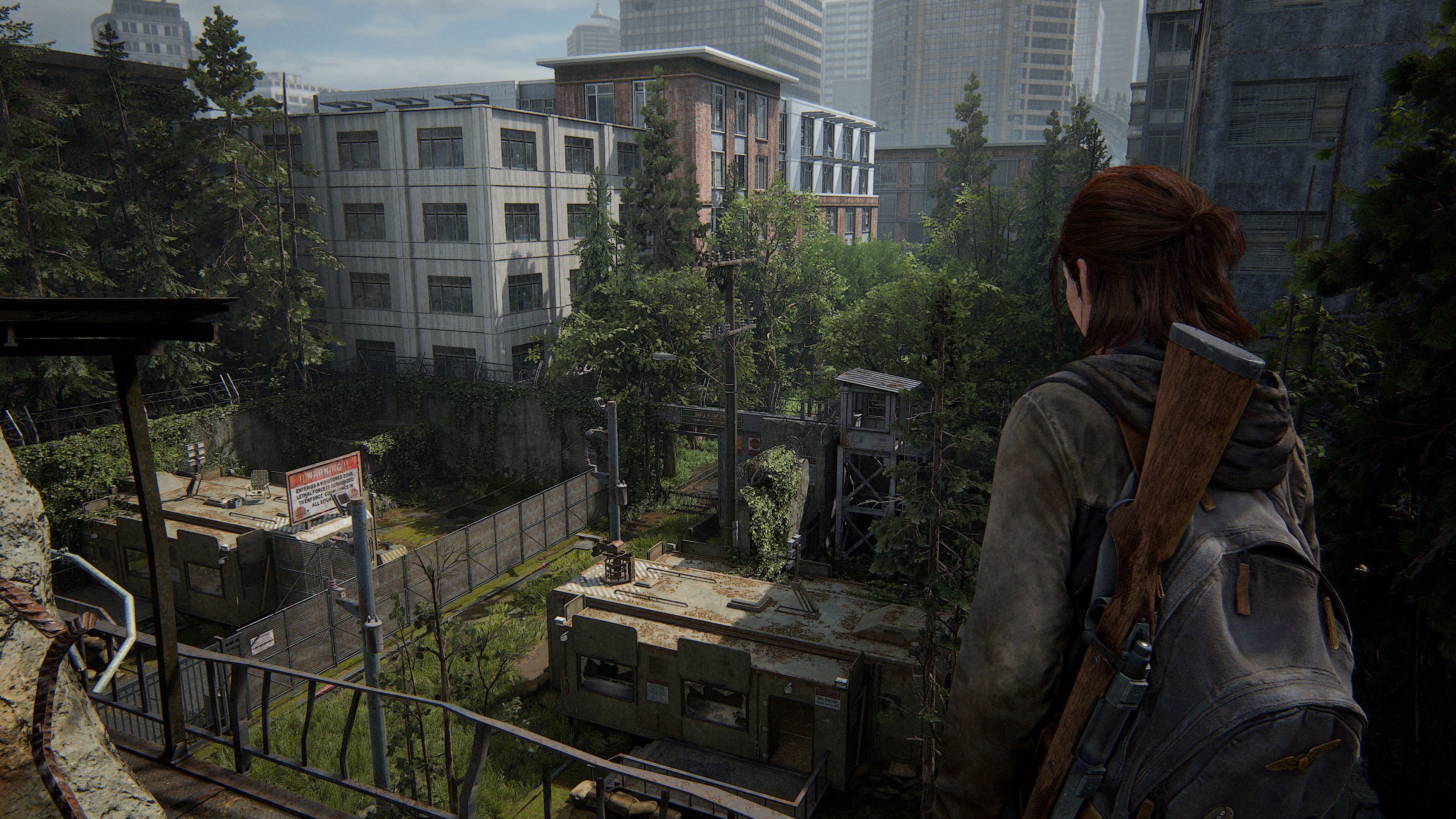
(Image credit: Sony Interactive Entertainment)
Anyone who's been in PC gaming long enough will know that PCs vary so much—in terms of hardware and software configurations and environments—that one can always end up having very different experiences.
[Content truncated due to length...]
From PCGamer latest via this RSS feed
Trump's tariffs seem to be putting a thorn in the side of major hardware manufacturers, as both Nintendo and modular laptop maker Framework announced order delays in the span of just one week.
Posted to the Framework X account (via Ars Technica), Framework's tweet states, "Due to the new tariffs that came into effect on April 5th, we’re temporarily pausing US sales on a few base Framework Laptop 13 systems (Ultra 5 125H and Ryzen 5 7640U)."
In response to a follow-up question, Framework tweeted: "We priced our laptops when tariffs on imports from Taiwan were 0%. At a 10% tariff, we would have to sell the lowest-end SKUs at a loss".
Currently, Taiwan is a leader in producing electronics thanks partly to the presence of TSMC, the world's biggest semiconductor manufacturer. A blanket tariff was placed on all countries initially but tariffs on Taiwan have since jumped up to 32%.
Semiconductors are reportedly exempt from these tariffs but products that use semiconductors aren't, meaning electronics from Taiwan will still be hit. Taiwan has offered no reciprocal tariffs, in the hopes of developing talks with President Trump. This leaves companies relying on Taiwan manufacturing in a difficult position of uncertainty.
Due to the new tariffs that came into effect on April 5th, we’re temporarily pausing US sales on a few base Framework Laptop 13 systems (Ultra 5 125H and Ryzen 5 7640U). For now, these models will be removed from our US site. We will continue to provide updates as we have them.April 7, 2025
This is why Framework has announced it is only temporarily pausing US sales, as everything is up in the air right now. The hope remains that removed models may one day go back up on sale.
The more expensive 13-inch Framework laptops have so far been unaffected by this announcement and remain at the same price. This means customers in the US can still buy the Intel Ultra 7 155H model for $1,109 and the Ultra 7 165H for $1,509. Ryzen AI chip preorders are still available too, including the AI 5 340 model for $899, AI 7 350 for $1,229 or AI HX 370 for $1,659.
The Intel model that is no longer available to buy sold for $799 at 9% off on March 31 and the Ryzen 5 7640U model sold for $749 at 10% off on the same day. Now, as of the time of writing, the cheapest way to get an Intel prebuilt model is by paying just under $400 more for the Ultra 7 155H model. You can, however, still get the Ryzen 5 7640U with a 2K display for $899, which is $150 more.
pic.twitter.com/fhe8gNkZM4April 8, 2025
The transparency here is notable, as Framework claims "Other consumer goods makers have performed the same calculations and taken the same actions, though most have not been open about it."
Many manufacturers shipping to the US are likely in the middle of reassessing costs for their products as tariff talks continue. Framework is unlikely to be the last to make a public statement around it. Framework's only follow-up since announcing the suspension of some sales is a meme complaining about tariffs giving them headaches.
Same, Framework. Same.
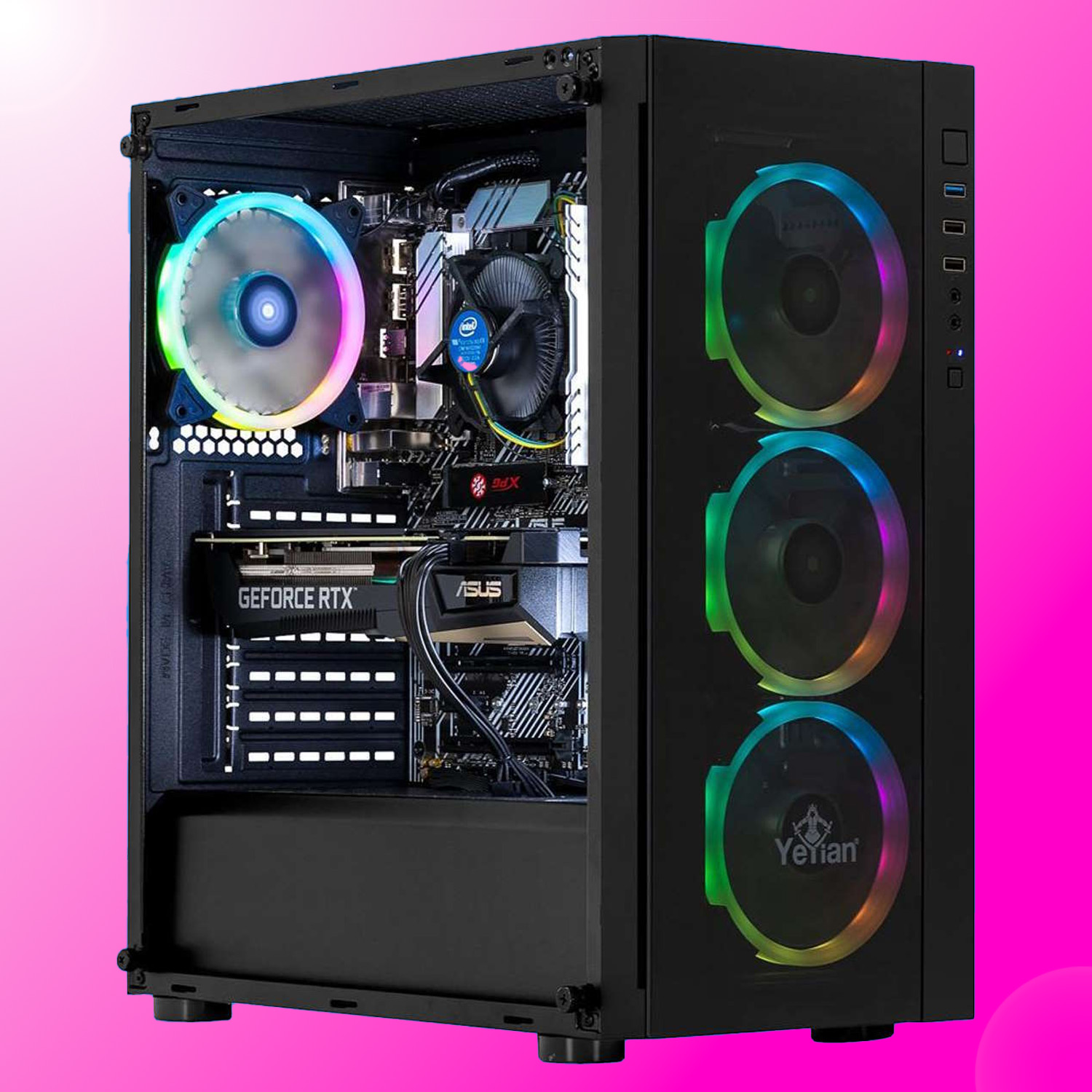
Best gaming PC: The top pre-built machines.Best gaming laptop: Great devices for mobile gaming.
From PCGamer latest via this RSS feed
My favourite part of A Minecraft Movie, without a shadow of a doubt, has to be Jennifer Coolidge's romance with Nitwit, a villager who escapes the Overworld and gets hit by her car. It's a love story for the ages, and an onscreen romance that Coolidge has herself admitted had some fire to it.
"Sometimes you show up to a movie and you read the script and they haven't cast your lover yet and then you show up and you're like 'I don't know if I really want to make out with him'," Jennifer Coolidge says in an interview with BBC Radio 1. "But when I saw what Nitwit looked like and what Bret McKenzie looked like and the combination of the two. I mean, it was just like fire."
Best of Minecraft

(Image credit: Mojang)
Minecraft update: What's new?Minecraft skins: New looksMinecraft mods: Beyond vanillaMinecraft shaders: SpotlightMinecraft seeds: Fresh new worldsMinecraft texture packs: PixelatedMinecraft servers: Online worldsMinecraft commands: All cheatsMinecraft build ideas: What to build next
While Steve and the rest of the crew are trying to save the Overworld, Jennifer Coolidge, who plays vice principal Marlene, stumbles across Nitwit, a Minecraft villager who strayed through the Overworld portal and straight into a road, and then into the bonnet of Marlene's car.
After trying to convince him not to sue her because "people just love to sue me when I hit them with my Jeep Grand Cherokee," Marlene settles things by offering to take Nitwit out to dinner as a way to say sorry and avoid court. What precedes is a surprisingly wholesome love story as Marlene and Nitwit get to know each other better.
While the chemistry is clearly undeniable, we can't give all the credit to Nitwit—some of it has to go to his on-set performer, Bret McKenzie. Nitwit's head was CGI, and McKenzie wore a block costume while on set. "He was inside a box, I don't know what he was doing in there," Coolidge says.
"It was a lot because Bret is—this is not very nice to say—more attractive than Nitwit," Coolidge tells Digital Spy. "Bret McKenzie's a genius, it's hard to do a performance through a cardboard box and still have you laughing, but he was able to do it," Coolidge told Digital Spy.
There were a few scenes in A Minecraft Movie which genuinely made me laugh, but Coolidge's scenes with Nitwit were the most consistently funny in the whole film. They were scattered in sparingly, but were a real highlight, so much so that I was left wanting more, especially after the outlandish mid-credit scene.
From PCGamer latest via this RSS feed
We now know that the two new heroes arriving in Marvel Rivals for Season 2 are Emma Frost and Ultron. Despite being incredibly excited to get my hands on both characters, I can't help but wonder what this all means for our friend Blade, who's still stuck in a small room on the Central Park map.
Blade was first teased during the Central Park map reveal for Marvel Rivals, the only problem being, he's not exactly free to leave whenever he wants. Currently, Blade is all chained up and reduced to a decoration in the defending team's spawn room. The culprit behind this kidnapping is none other than Dracula himself, the big baddie of Season 1, and considering his history with Blade, I'm not surprised he's under lock and key.

Marvel Rivals tier list: Best characters for each roleMarvel Rivals characters: Current and confirmed rosterMarvel Rivals ranks: How to climb in competitiveMarvel Rivals codes: Grab free gear and moreMarvel Rivals crosshairs: The best custom reticles
The only problem is, we're past all the vampire stuff, and he's still just… there. When I first saw Blade, I was so excited about the possibility of him joining Marvel Rivals.
Despite all the rumours swirling around about Emma Frost and Ultron, I thought that Blade would be an obvious pick, since he's already got a model, and it's a bit rude for all the heroes just to pass him by without trying to help. But now Emma Frost and Ultron have been confirmed for Season 2, it seems like we'll have to wait at least another month before freeing him.
While it's a bit of a shame to pass up on Blade, it's probably for the best. My guess is that he'll be a Duelist, and seeing as there are already so many of them on the roster, adding a new Vanguard and Strategist makes more sense in terms of role balance. Now I have to admit that we don't know that Ultron is going to be a Strategist, but that's what my gut's telling me. Back in December, there was a substantial data leak that revealed Ultron alongside his abilities, all of which screamed 'support'.
I think it would be a really cool take on his character, especially given the fact that he's meant to be the villain of Season 2, and it would be a nice deviation from the stereotypical healer. I'm used to seeing nice, friendly heroes take on the role, and don't get me wrong, I love Jeff—but he doesn't exactly show the whole range of emotions that I have when trying to keep everyone on my team up while fighting off annoying Spider-Man or Iron Fist divers; he's just too smiley.
No, I want to play as Ultron and see Spider-Man, Magik, and Iron Fist quake in fear as I hunt them down in the backline while reciting his speech from Age of Ultron: "I was meant to be new. I was meant to be beautiful. The world would have looked to the sky and seen hope. Seen mercy. Instead, they will look up in horror because of you. You've wounded me. I give you full marks for that. Well, like the man said: 'What doesn't kill you, just makes me stronger.'" That's what I really want, more than Blade, more than anything.
From PCGamer latest via this RSS feed
Balatro's creator has no enemies—in fact, he has no negative feelings at all. He has spent so much time plugged into his poker roguelite (and our game of the year for 2024) that he has purged himself of all tempestuous emotions and emerged a new, centred being of pure cards.
As bragged about (rightfully so) on Bluesky, LocalThunk writes: "Beat every deck on every difficulty! I still want to 100% the game, I'm having a really great time and I think I know my game a lot better now. I also think all this time playing has killed any negative emotions I had toward it after all the stress from launch."
In fairness, it has to be pretty intense to release a silly little roguelite you cooked up because you couldn't play Rocket League, only to get showered with awards and praise from all the people you've hypnotized with a pixelated jester, a pristine gameplay loop, and a solid groove. The guy just wants to make videogames.
He did, however, reveal his strat with an invitation to roast him. Though after consulting with some of PC Gamer's more knee-deep Balatro experts, I've been told that his techniques are "mostly normal". There's a lot of two and three-pair runs in there. Perhaps the joke is that LocalThunk, the guy who designed a parlor with a dozen different flavours of ice cream, has gone for plain ol' reliable vanilla bean every time.
Image 1 of 2
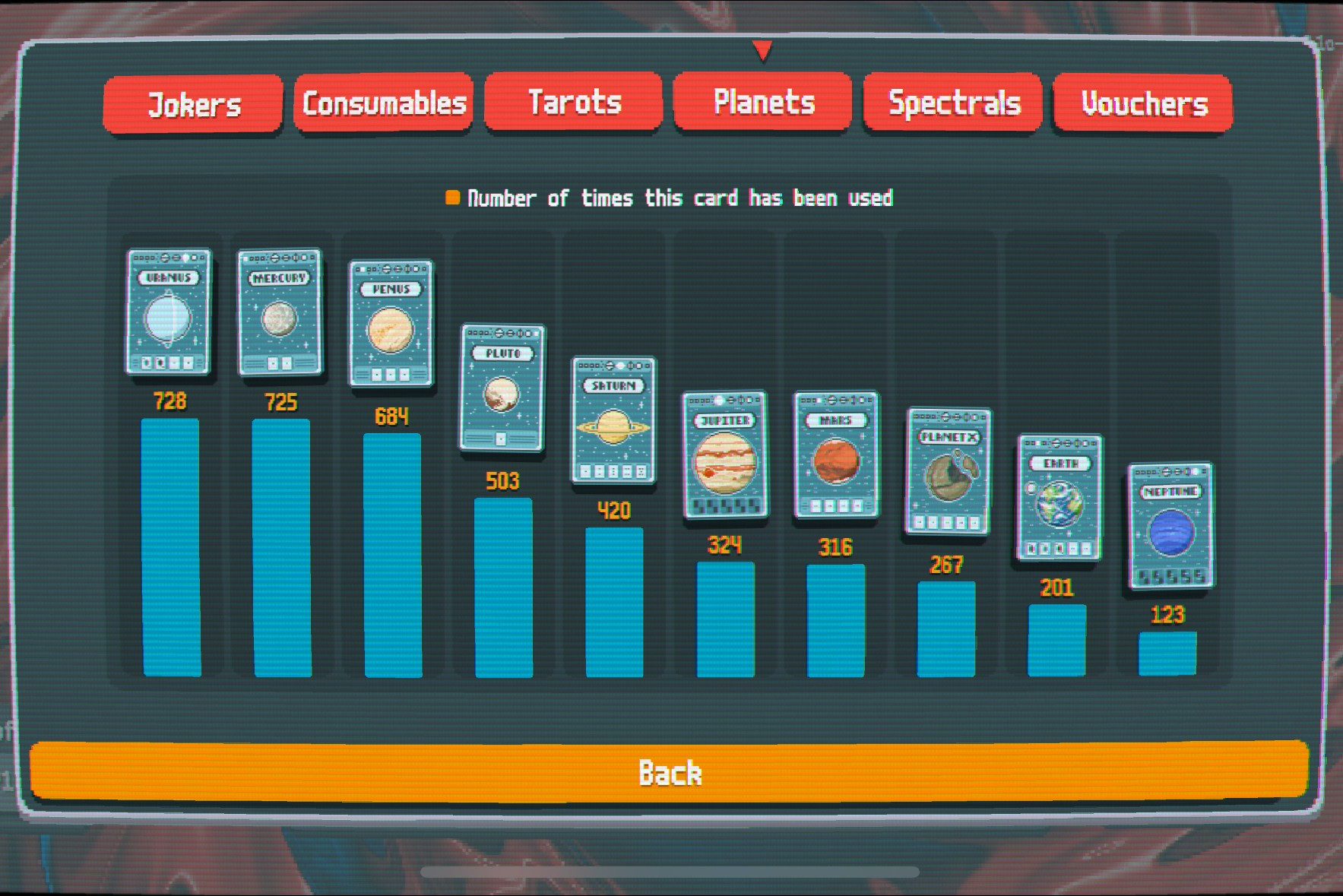
(Image credit: LocalThunk on Bluesky)Image 2 of 2

(Image credit: LocalThunk on Bluesky)
I am however seeing a lot of tribalism in the comments about how two pair is based, or something. PC Gamer's own Phil Savage has also informed me that "Hanging Chad is the goat. I will hear no Hanging Chad slander." He then proceeded to pull up his own stats, to prove that "Hanging Chad is a perfectly fine card to have in your top used."

(Image credit: LocalThunk)
Considering he's my boss, I've got no choice but to acquiesce. Hanging Chad is my new god, and I worship at its altar. In all seriousness—it's an impressive feat by LocalThunk, and to hear he's using the bread and butter strategies like the rest of us are is kinda heartwarming. Good ol' two pair, nothing beats that.

Best laptop games: Low-spec lifeBest Steam Deck games: Handheld must-havesBest browser games: No install neededBest indie games: Independent excellenceBest co-op games: Better together
From PCGamer latest via this RSS feed
If you're pondering what to do with Pinnacle Coins in Monster Hunter Wilds, you've likely just completed your first arena quest in the Grand Hub. Just like the monster coins you can also get by triumphing in these challenge quests, their description doesn't really explain what they're used for.
For those who've just hopped into the first Title Update, you might also want to know how to unlock Mizutsune, where to find Ayejack in the quest for Alma's new glasses, or how to get high-rank Zoh Shia to spawn again once you've fought it. Otherwise, here's how to get and use Pinnacle Coins in Monster Hunter Wilds.
How to get Pinnacle Coins in Monster Hunter Wilds
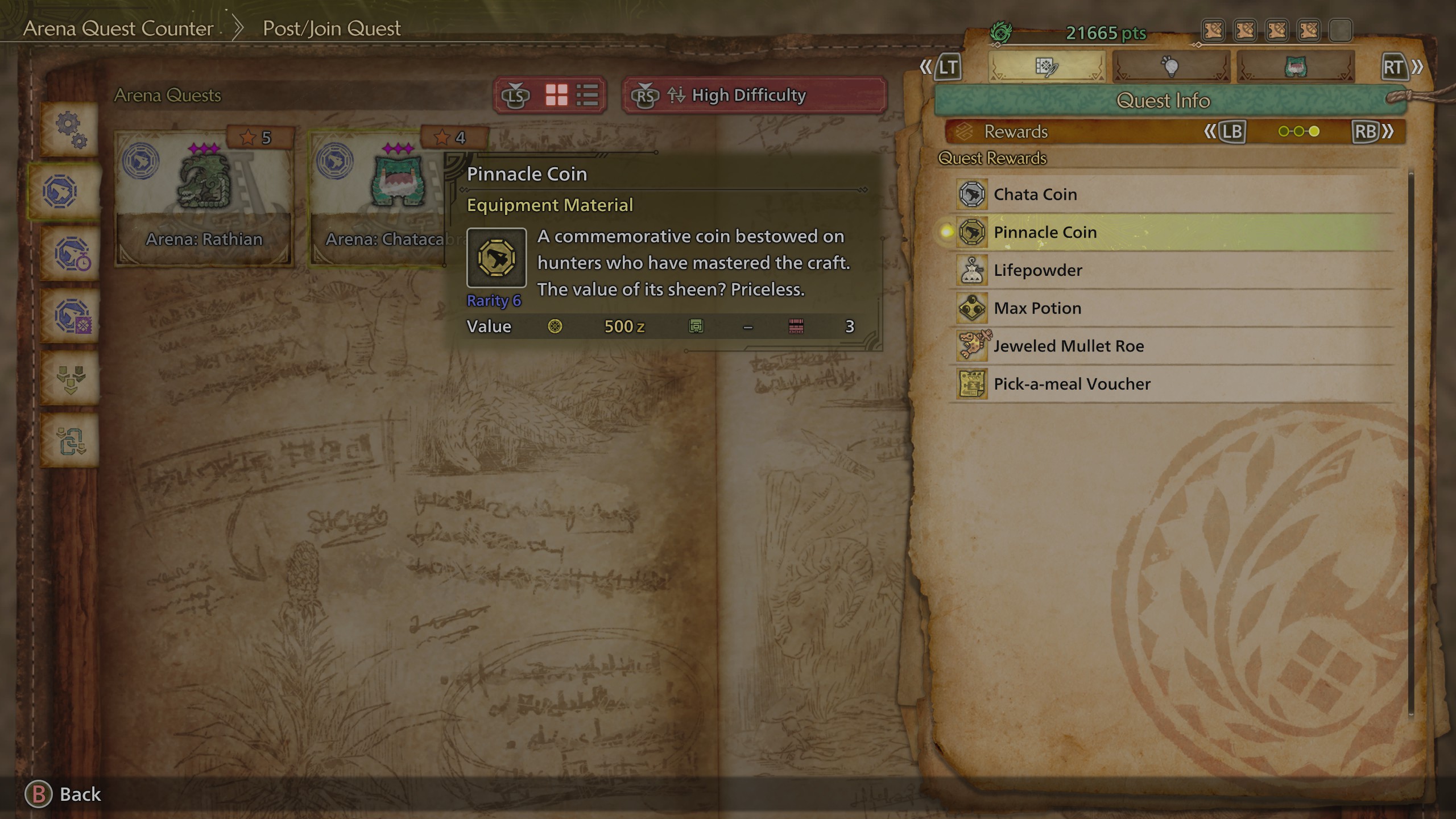
All arena quests can potentially reward you with a Pinnacle Coin (Image credit: Capcom)
You can earn Pinnacle Coins in Monster Hunter Wilds by completing arena or challenge quests that offer them as a reward. As far as I can tell—there are only three arena quests at the time of writing this—they are a potential reward for every hunt, but you can easily check to see if a particular quest drops one by checking the target rewards for that hunt.
Arena quests are one of the new introductions in the first Title Update, and you can only undertake them if you visit the Grand Hub gathering zone and talk to Ricardo at the arena quest counter. These hunts are slightly different in that you have to pick from one of a number of prescribed weapon loadouts, meaning your beloved main might not be available.
You'll also have a set loadout of consumables and minimum HP and stamina, though you can get additional first-aid meds by breaking wounds on the monster. Your main objective is to beat the monster as fast as possible to get the rewards, so it's a good opportunity to learn new weapons while also getting some bonuses.
How to use Pinnacle Coins in Monster Hunter Wilds
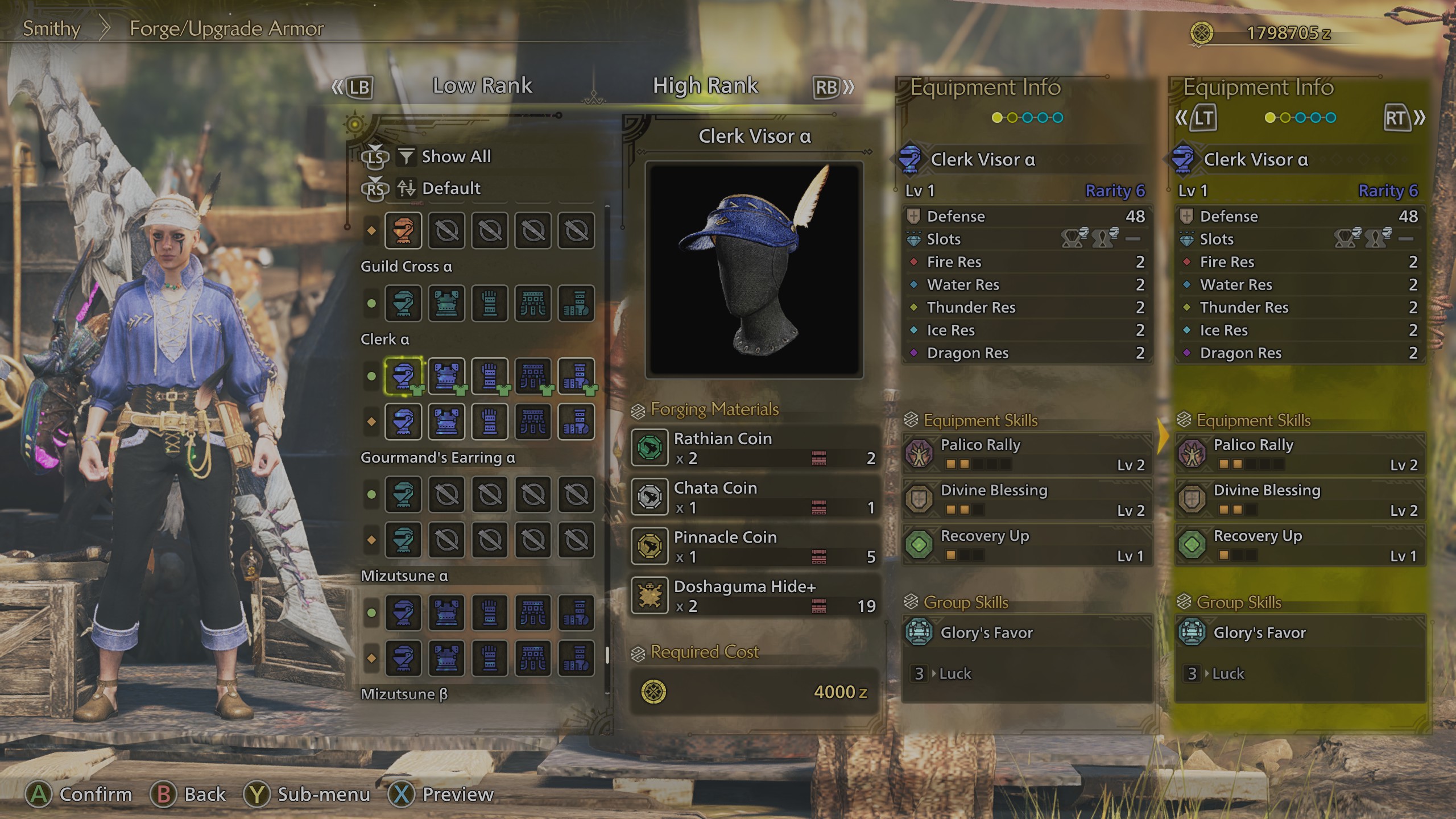
Pinnacle Coins are required to craft arena armour sets (Image credit: Capcom)
You can spend Pinnacle Coins to craft armour sets you've unlocked by completing arena quests. If you look closely at the rewards, you'll see that each monster also drops a specific coin—such as a Chata Coin for Chatacabra or a Rathian Coin for Rathian—and these are also required to craft the new armour sets you'll unlock.
Take the Guild Cross set and the Gourmand's Earring, for instance; these cost a mixture of Pinnacle Coins and Chata Coins. There's also the Clerk set, which costs Chata Coins, Rathian Coins, and Pinnacle Coins. So, while there are coins for each monster, to actually craft each new arena armour set, you'll always need Pinnacle Coins as well.
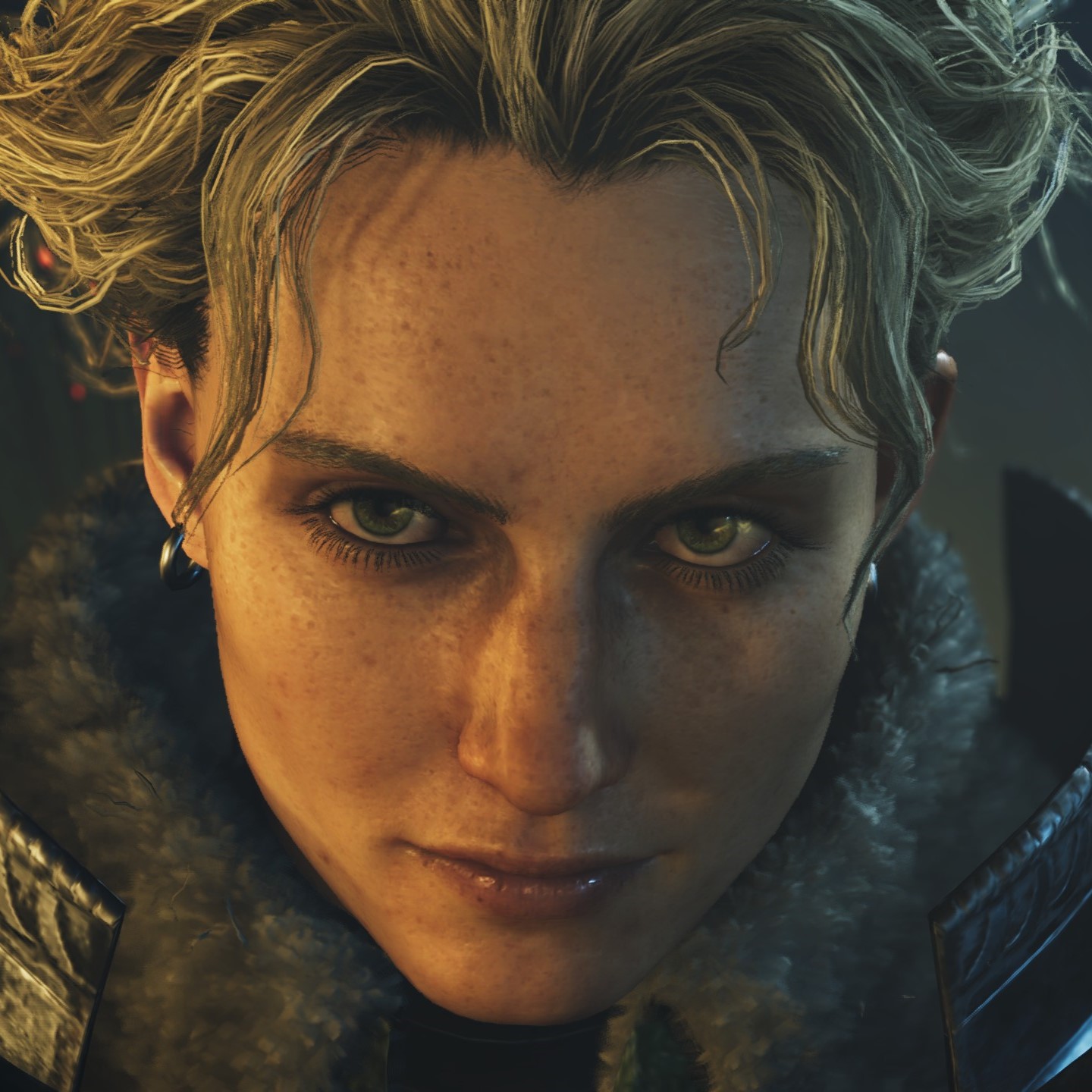
Monster Hunter Wilds guide: The big field guideBest Monster Hunter Wilds mods: Full of fixesMonster Hunter Wilds weapon tier list: Definitively rankedMonster Hunter Wilds best armor: What to wearMonster Hunter Wilds monsters: The full rosterMonster Hunter Wilds event quest: Limited rewardsMonster Hunter Wilds multiplayer: How to hunt together
From PCGamer latest via this RSS feed
PC Gamer
This community is Archived, please go to !pcgamer@rss.ponder.cat for updates to the PC gamer RSS feed. This community will no longer have any updates.
RSS News community on Lemmy for PC Gamer
If you dislike RSS Bot communities please block this one and don't complain.
PC Gamer is the global authority on PC games. We've been covering PC gaming for more than 20 years, and continue that legacy today with worldwide print editions and around-the-clock news, features, esports coverage, hardware testing, and game reviews on pcgamer.com, as well as the annual PC Gaming Show at E3.